Medical & Health Sciences
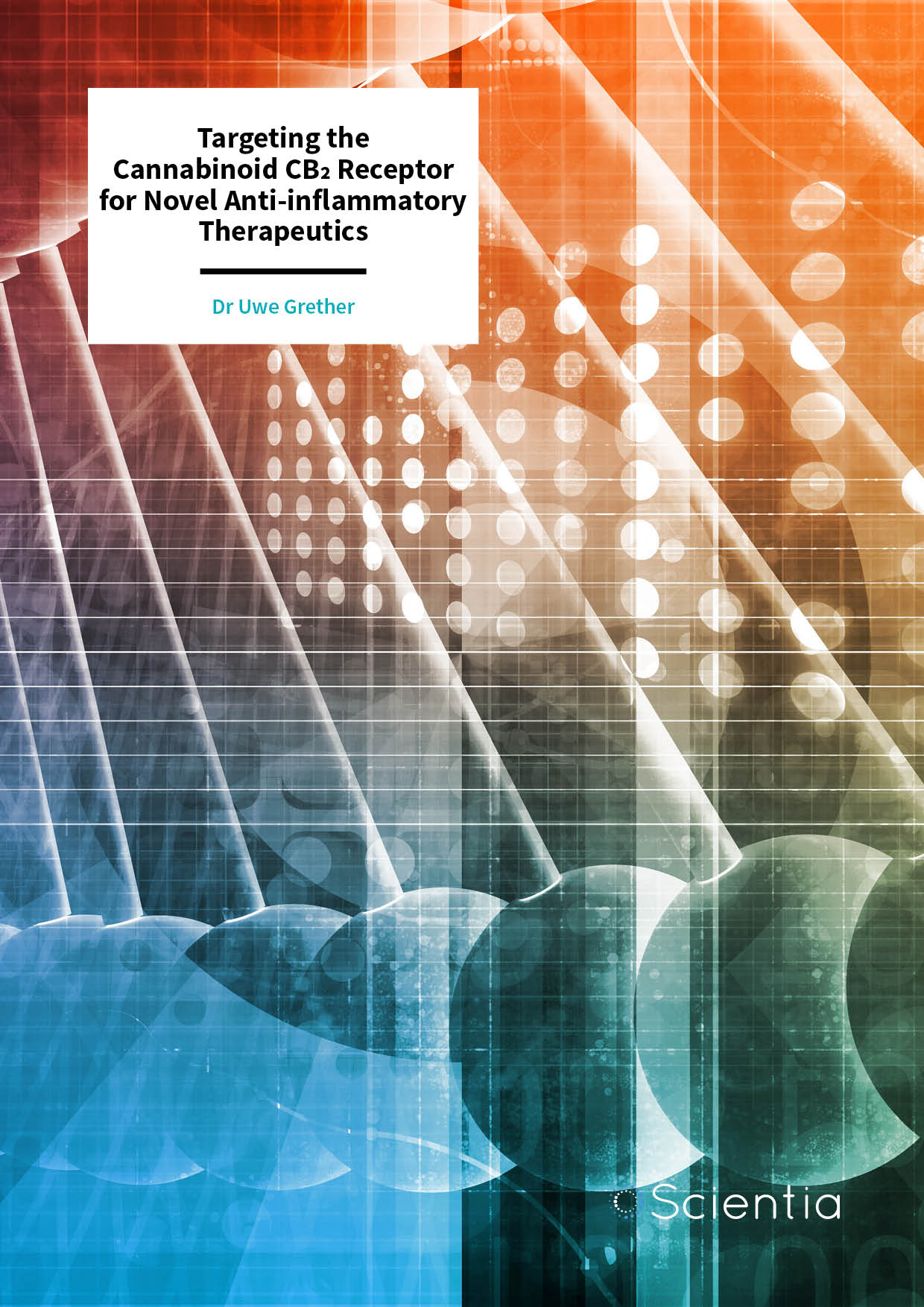
Dr Uwe Grether – Targeting the Cannabinoid CB2 Receptor for Novel Anti-inflammatory Therapeutics
On the surface of many of our cells, intriguing receptors called cannabinoid receptors reach out into their environment. The CB2 subtype of this receptor family is expressed largely on our immune cells and plays an important role in inflammatory responses, making it a promising target for anti-inflammatory therapeutics. To produce effective drugs, the molecules that bind to the CB2 receptor, known as ligands, need to be characterised. Dr Uwe Grether from F. Hoffmann-La Roche Ltd has dedicated his research to discovering useful CB2 receptor ligands and utilising them in the development of novel anti-inflammatory therapeutics.
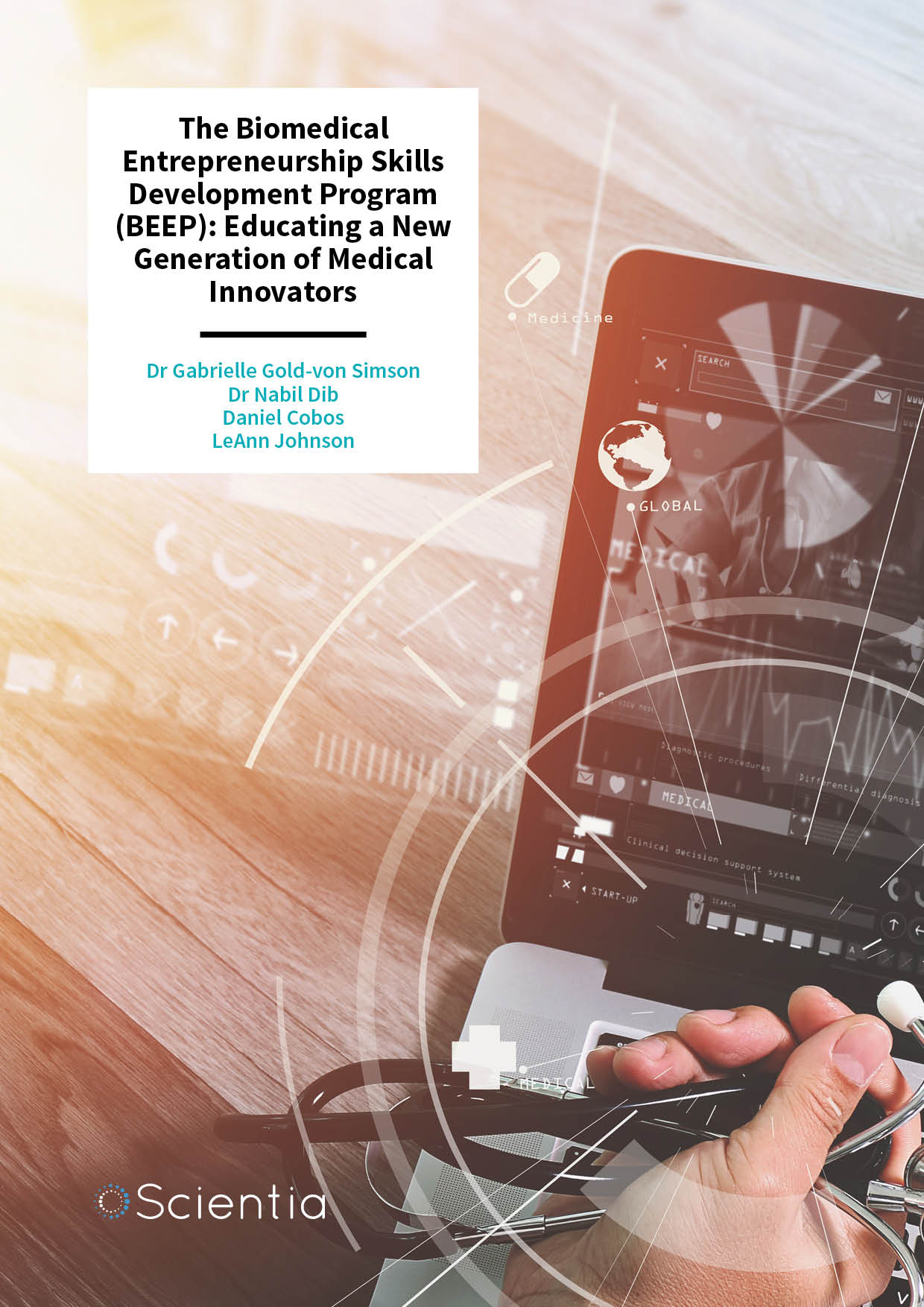
The Biomedical Entrepreneurship Skills Development Program (BEEP): Educating a New Generation of Medical Innovators
Innovative, new technologies are rapidly being introduced into the medical world, as scientists and inventors continually discover solutions to all kinds of health issues. However, comprehensive education in medical product development, business process and strategy is distinctly lacking for science students who aspire to become commercial medical innovators and entrepreneurs. Entrepreneurially minded professionals at the New York University Grossman School of Medicine developed, implemented, and integrated programs to train early scientists in the business side of science to accelerate the pace of commercialisation and encourage individuals to pursue venture creation and entrepreneurship to impact highly relevant healthcare solutions.
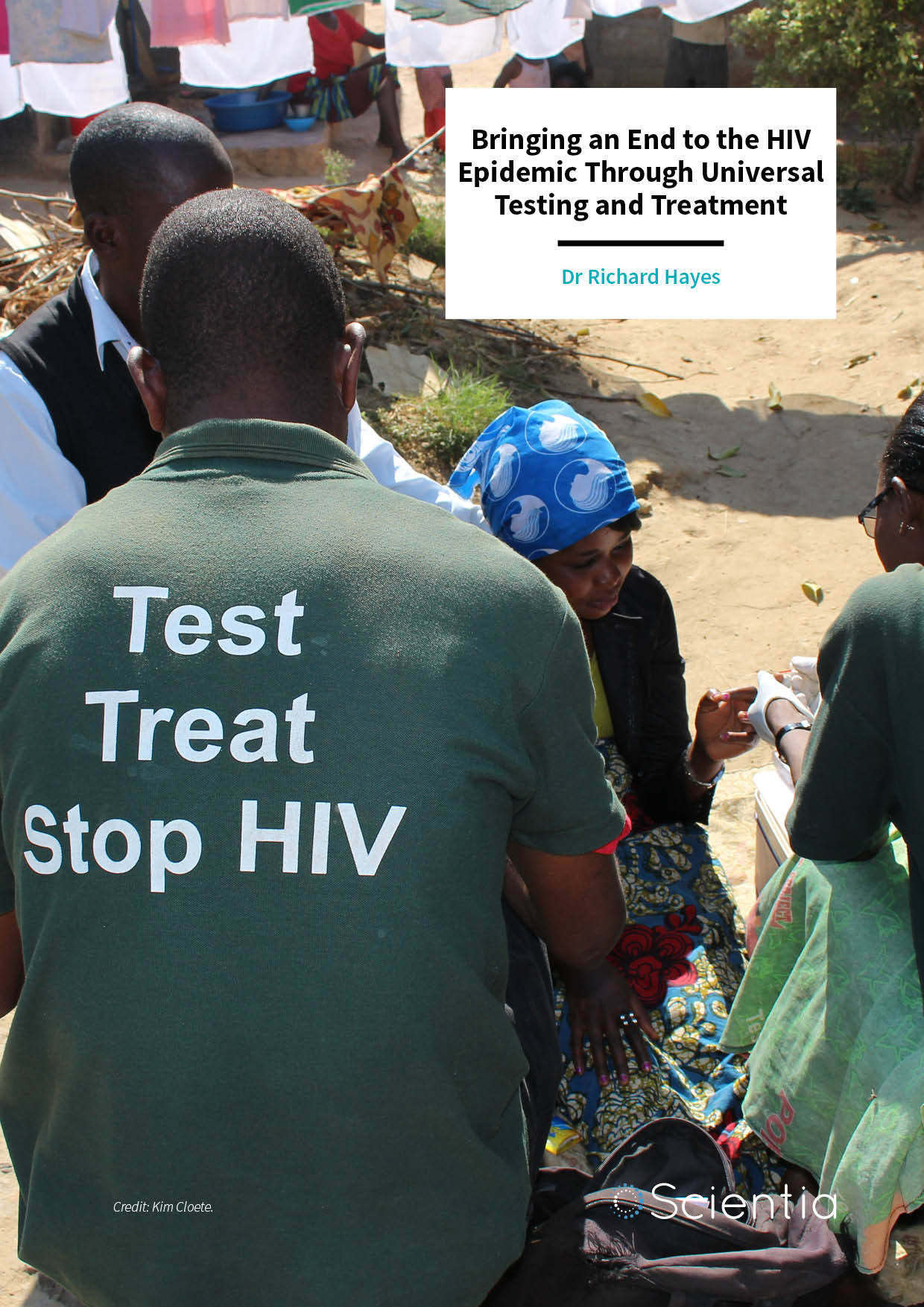
Dr Richard Hayes – Bringing an End to the HIV Epidemic Through Universal Testing and Treatment
Worldwide, an estimated 38 million people are living with HIV. Many are still unaware of their status and so are not linked to care and treatment which can prevent them from passing HIV onto their partners and infants and keep them healthy. Dr Richard Hayes from the London School of Hygiene and Tropical Medicine in the UK has led the HIV Prevention Trials Network’s 071 (PopART) trial over the past ten years. This dedicated international collaboration of experts has successfully demonstrated how universal testing and treatment can reduce new HIV infections in Zambia, South Africa and beyond.
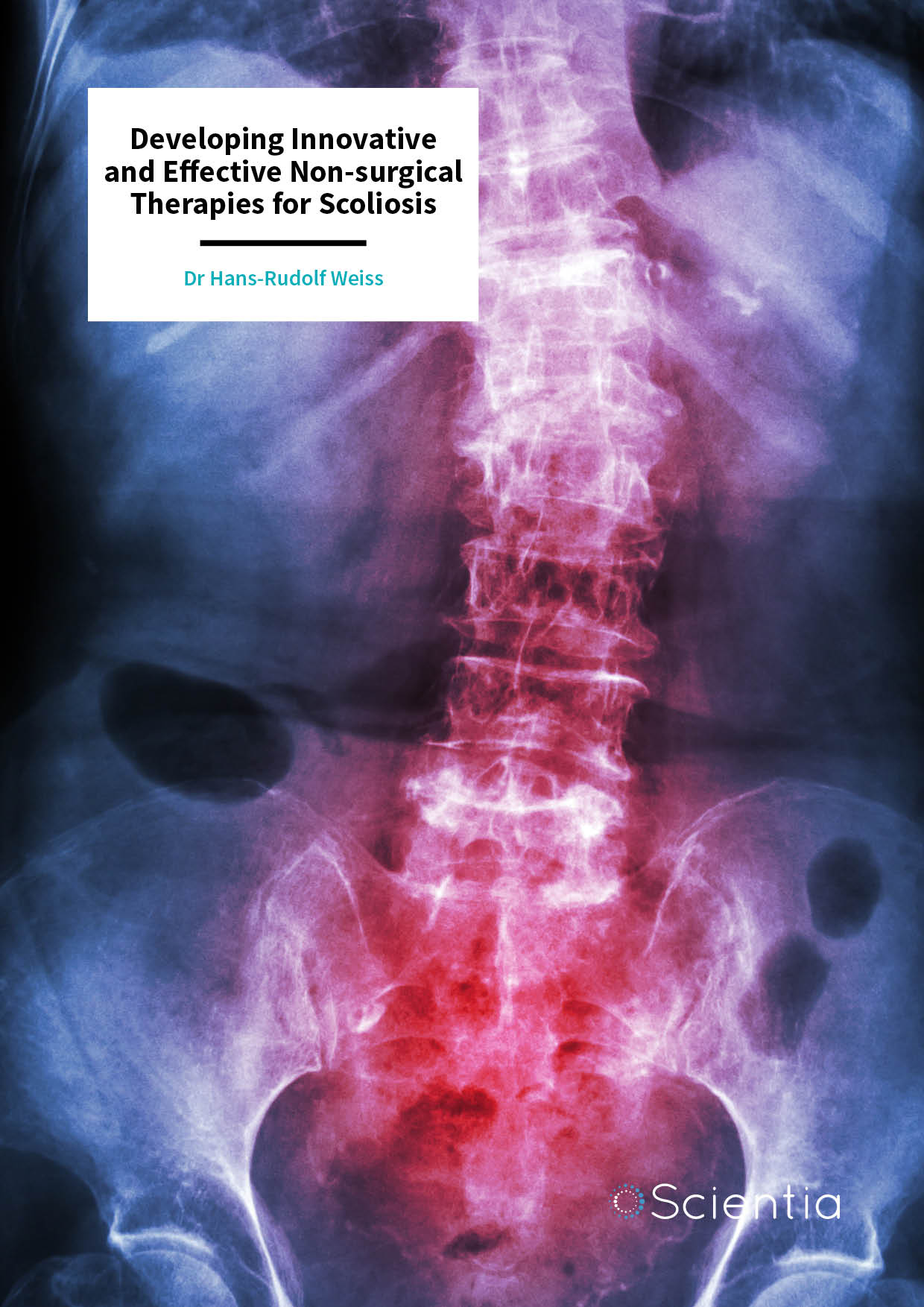
Dr Hans-Rudolf Weiss – Developing Innovative and Effective Non-surgical Therapies for Scoliosis
Scoliosis, the curving of the spine, is a relatively common condition that develops in early adolescence. Whilst there are surgical options to neutralise the curve, there is no solid evidence for its long-term impact. Dr Hans-Rudolf Weiss is an expert in scoliosis treatments and has dedicated his research to improving the care of scoliosis patients. Through his back brace innovations and novel exercise therapies, he has developed ground-breaking new standards of care for patients. Additionally, through his Schroth Best Practice program, he is educating a new generation of doctors and physiotherapists on his non-surgical methods.
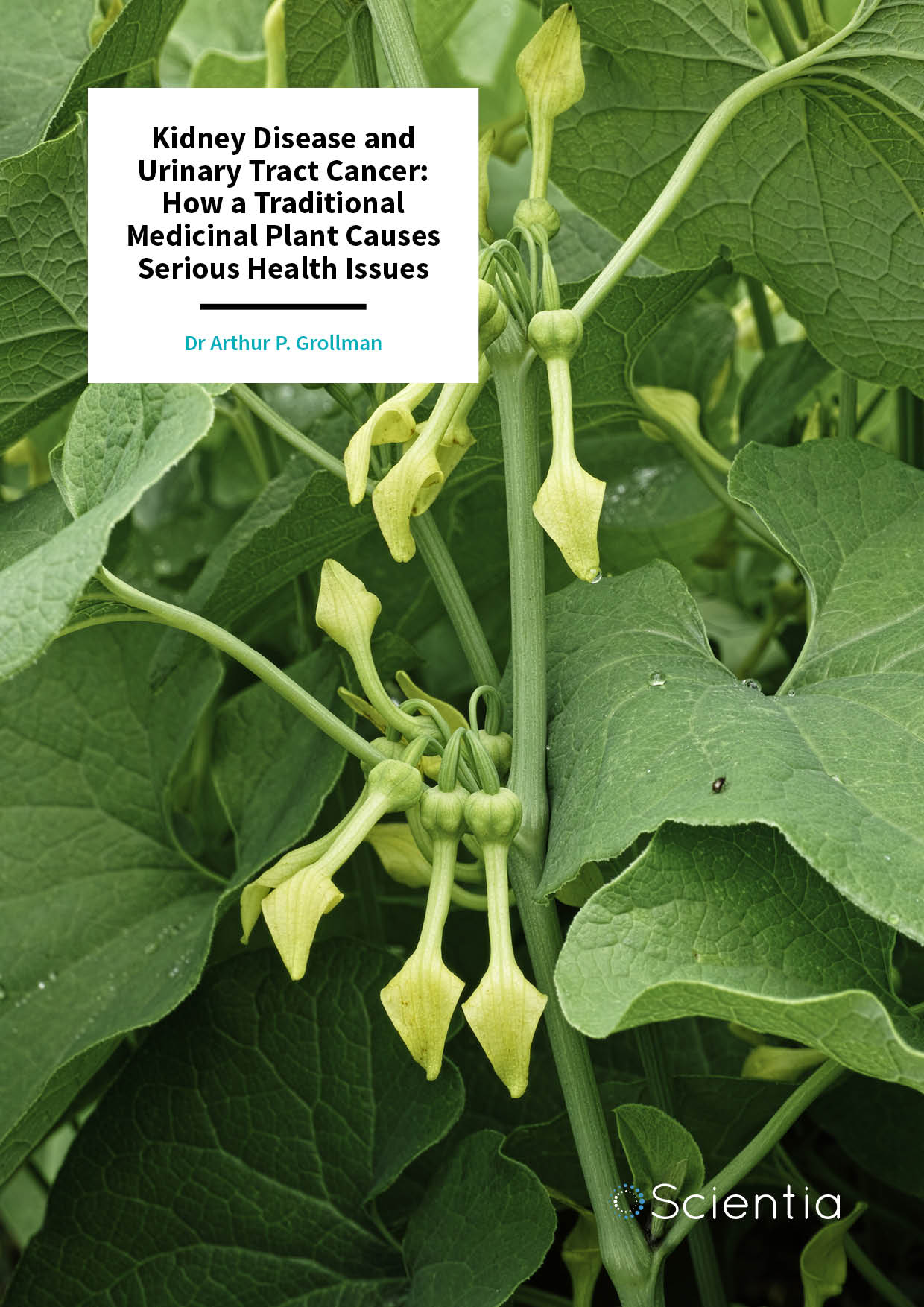
Professor Arthur Grollman | Professor Francis Johnson – Kidney Disease and Urinary Tract Cancer: How a Traditional Medicinal Plant Causes Serious Health Issues
This is a recounting of a scientific investigation into a mysterious but potentially deadly disease that first came to light principally in the Balkan states, and then several Asian countries. It manifests itself first as a nephropathy resulting in the destruction of kidney tissue often followed by a cancer of the upper urothelial tract. Professors Arthur Grollman and Francis Johnson at Stony Brook University have achieved a revolutionary understanding of the molecular biology, epidemiology and root cause of both diseases. Their findings have critical implications for medical and scientific communities, as well as the general public.

Dr Vanessa van Ast – Understanding the Malleability of Emotional Memories
Dr Vanessa van Ast from the University of Amsterdam in the Netherlands is driving forward understanding of how and why our emotional memories change over time. As well as elucidating how our memories of specific events and emotions influence behaviour, her most recent work is unveiling the impact that different contexts may have on the storage and recall of memories.
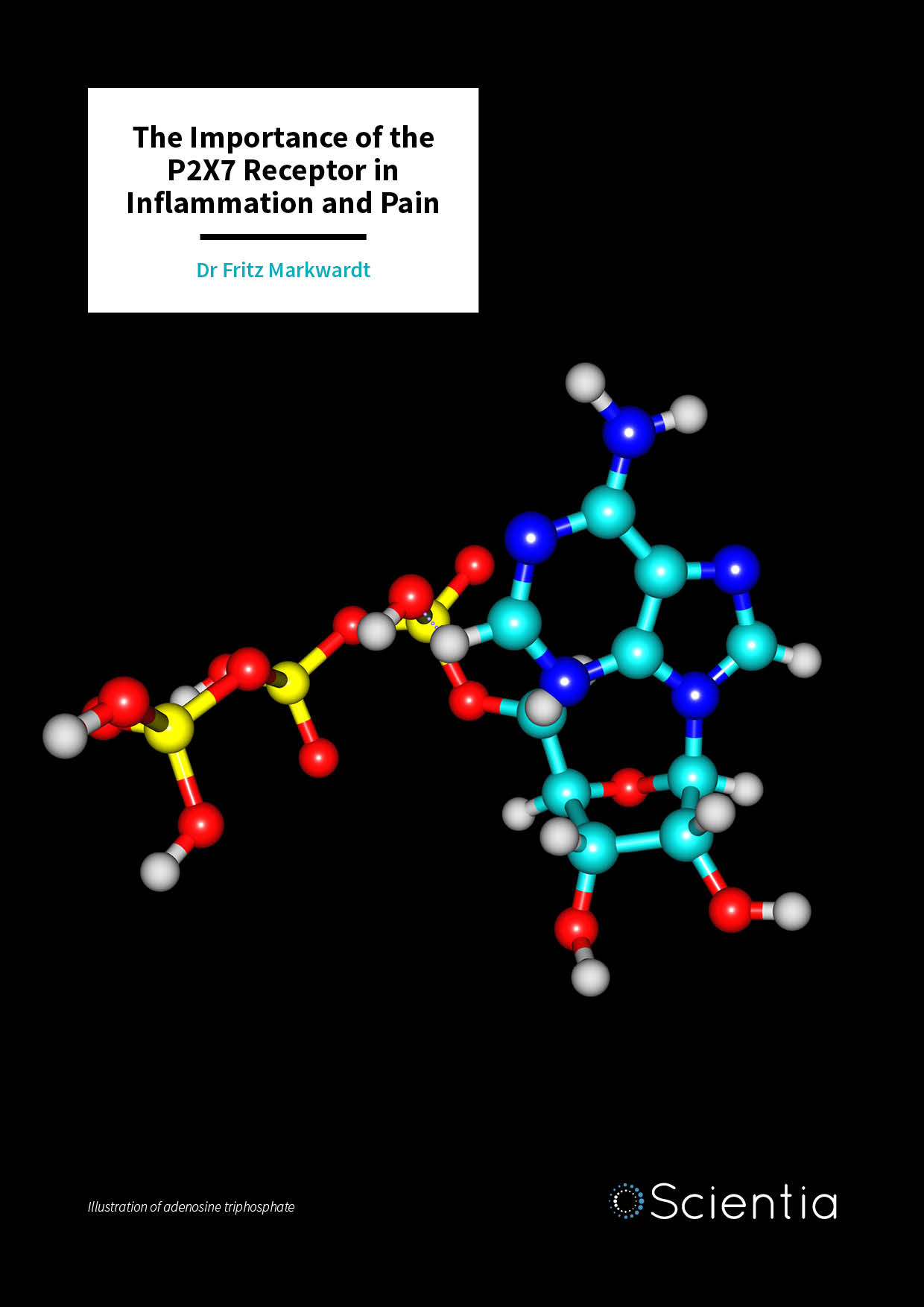
Dr Fritz Markwardt – The Importance of the P2X7 Receptor in Inflammation and Pain
Physiological responses to inflammation and pain are complex and varied, depending on which cellular structure you focus on. Planted within our cell membranes is a channel that facilitates the transport of ions in response to perceived dangers. Named P2X7 receptor, this channel subtype is activated by adenosine triphosphate (ATP) to open the gate for ions, and is of particular interest to Dr Fritz Markwardt at Martin-Luther-University Halle-Wittenberg in Germany. Dr Markwardt studies P2X7 to elucidate its structure, function and ATP activation mechanisms to provide novel avenues for drug development.
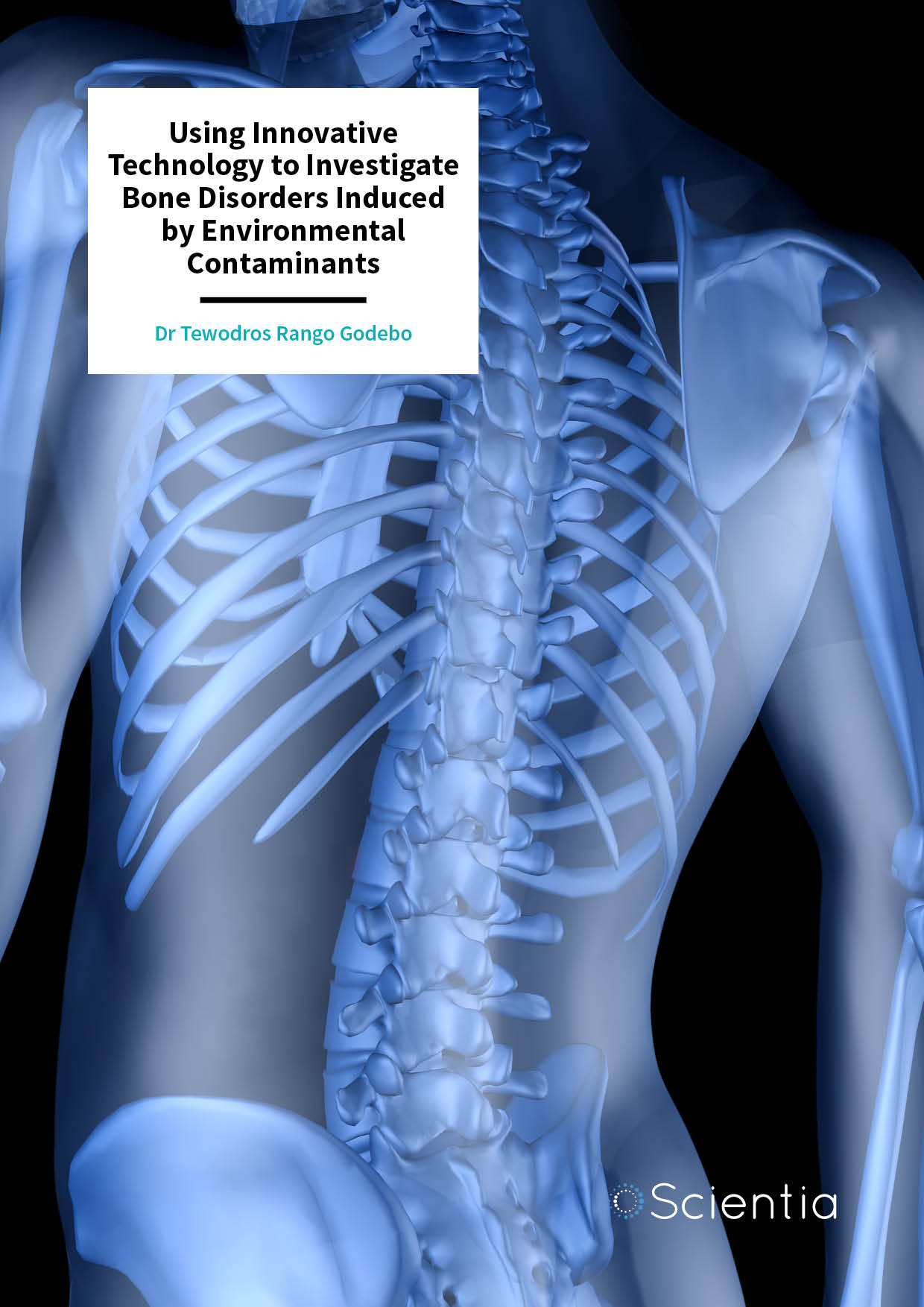
Dr Tewodros Rango Godebo – Using Innovative Technology to Investigate Bone Disorders Induced by Environmental Contaminants
Throughout the world, especially in low-income countries, environmental contaminants such as fluoride have huge health consequences. While some countries add fluoride to their drinking water, others have little control over its concentration, resulting in dangerously high fluoride concentrations. Excess fluoride exposure is known to cause the bone disease skeletal fluorosis, but Dr Tewodros Rango Godebo from Tulane University in Louisiana, USA, believes that current diagnosis techniques are incomplete. Using ultrasound technology, he has determined for the first time how fluoride exposure leads to reduced bone quality, and how this diagnosis can be used in fluoride-exposed populations.

Dr Chao-Pin Hsiao – Understanding Fatigue: The Debilitating Side-effect of Cancer Treatment
Cancer comes with many symptoms, but its life-saving treatments also cause negative side effects. One of these is radiation-induced fatigue, a clinical subtype of cancer-related fatigue and a debilitating issue that causes extreme lack of energy in those receiving radiation therapy. While this is a well-known effect of the treatment, exactly why it happens is unclear. Dr Chao-Pin Hsiao at Frances Payne Bolton School of Nursing in Case Western Reserve University, Ohio, is studying the molecular and genetic-level mechanisms that drive fatigue induced by cancer/cancer treatments. Her work on finding fatigue biomarkers provides promise for future combative therapies.

Association of Medical Research Charities
The Association of Medical Research Charities (AMRC) is dedicated to supporting medical research charities in saving and improving lives through research and innovation. Founded over 30 years ago, the AMRC has united more than 150 medical research charities in all areas of health and disease throughout the UK and overseas. In this exclusive interview, we follow up our 2019 interview with the new Chief Executive, Nicola Perrin, to hear their latest news.
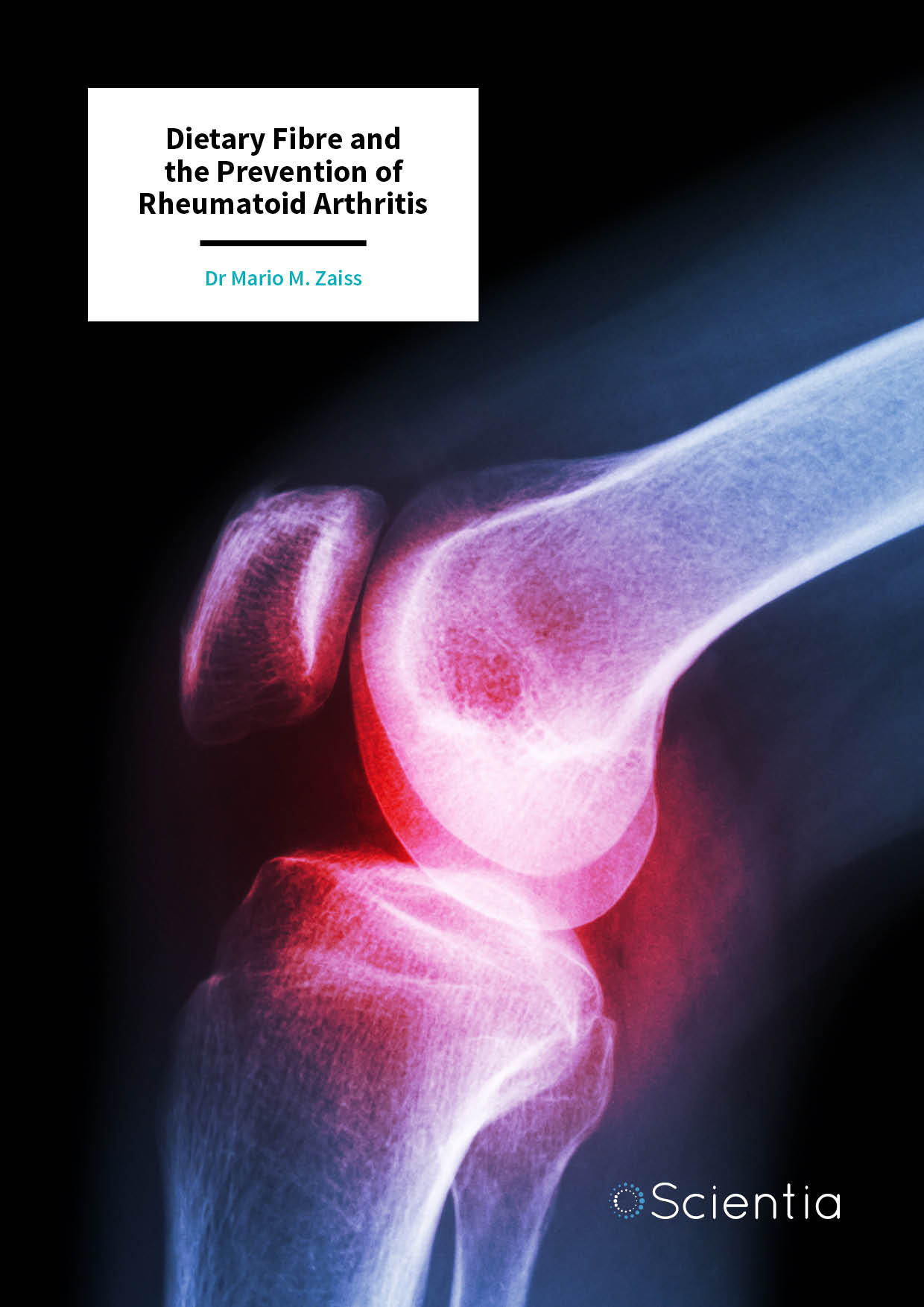
Dr Mario Zaiss – Dietary Fibre and the Prevention of Rheumatoid Arthritis
Rheumatoid arthritis is an autoimmune disease that results in painful and swollen joints, among other complications. Although treatment can alleviate the symptoms, more research is needed to understand the underlying causal mechanisms that could be exploited to prevent it. Dr Mario Zaiss the University of Erlangen-Nürnberg has carried out extensive research in this field and focuses on the impact of diet. He has made the exciting and important discovery that a high-fibre diet produces metabolites that play a vital role in preventing the onset of rheumatoid arthritis.
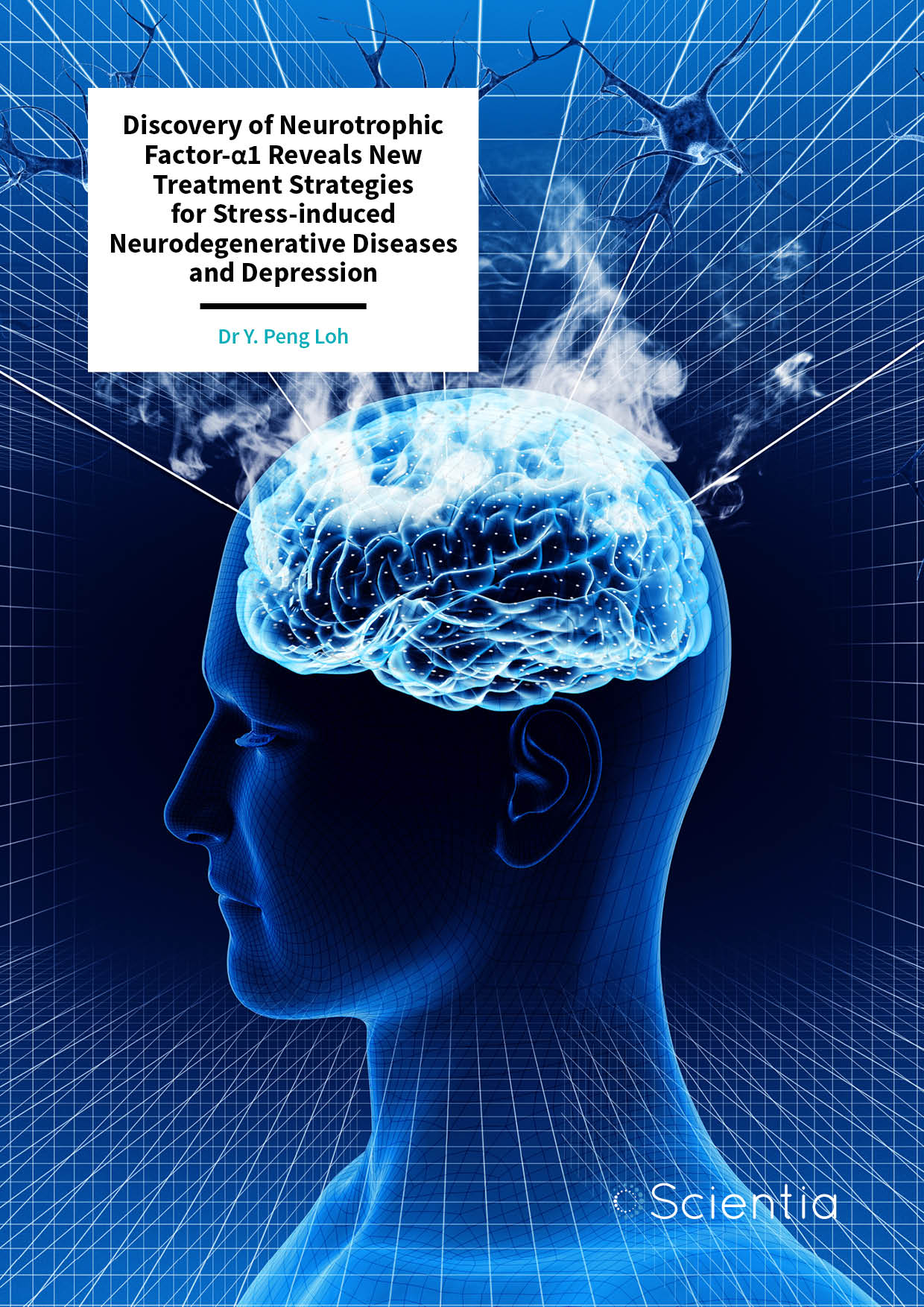
Dr Y. Peng Loh – Discovery of Neurotrophic Factor-α1 Reveals New Treatment Strategies for Stress-induced Neurodegenerative Diseases and Depression
Stress produces numerous negative effects on the human body. Lying deep within the brain, one particularly sensitive area is the hippocampus, where chronic exposure to stress hormones can lead to the degeneration and death of neurons. Thankfully, the brain holds defence mechanisms that block some of these negative effects. Deciphering these mechanisms with the aim of better treating neurodegenerative diseases and depression is Dr Y. Peng Loh from the Eunice Kennedy Shriver National Institute of Child Health and Human Development in the USA.
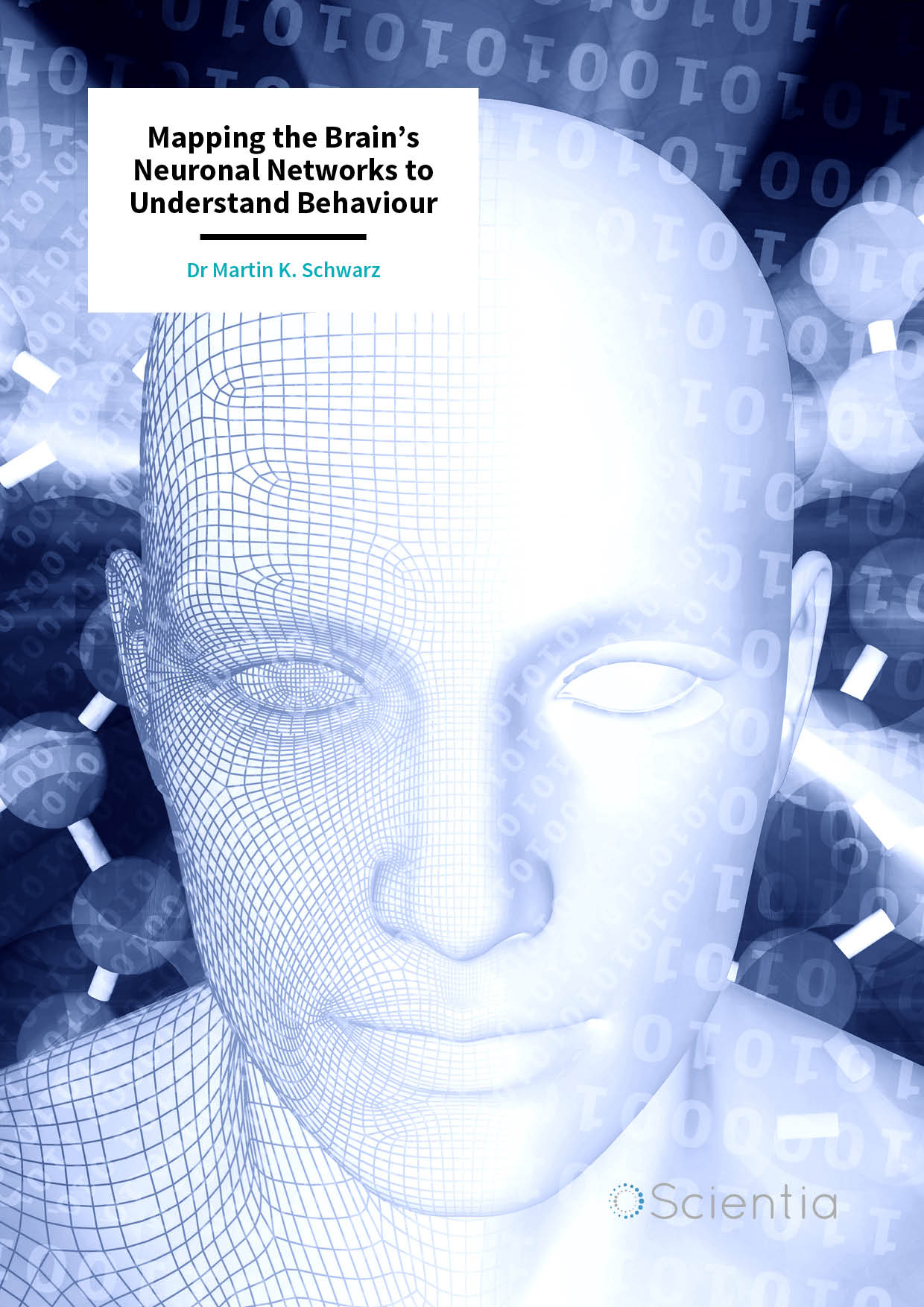
Dr Martin Schwarz – Mapping the Brain’s Neuronal Networks to Understand Behaviour
The human brain is wonderfully complex. Billions of neuron cells connect in unique ways to create networks that determine each individual’s brain function and consequent behaviour. Given the expanse and complexity of these networks, it is not surprising that they are not yet fully mapped out or understood. Bringing innovative new and exciting ideas to this field of neurobiology is Dr Martin Schwarz from the Institute for Experimental Epileptology and Cognition Research and the Life & Brain Center at the University of Bonn Medical Center in Germany.
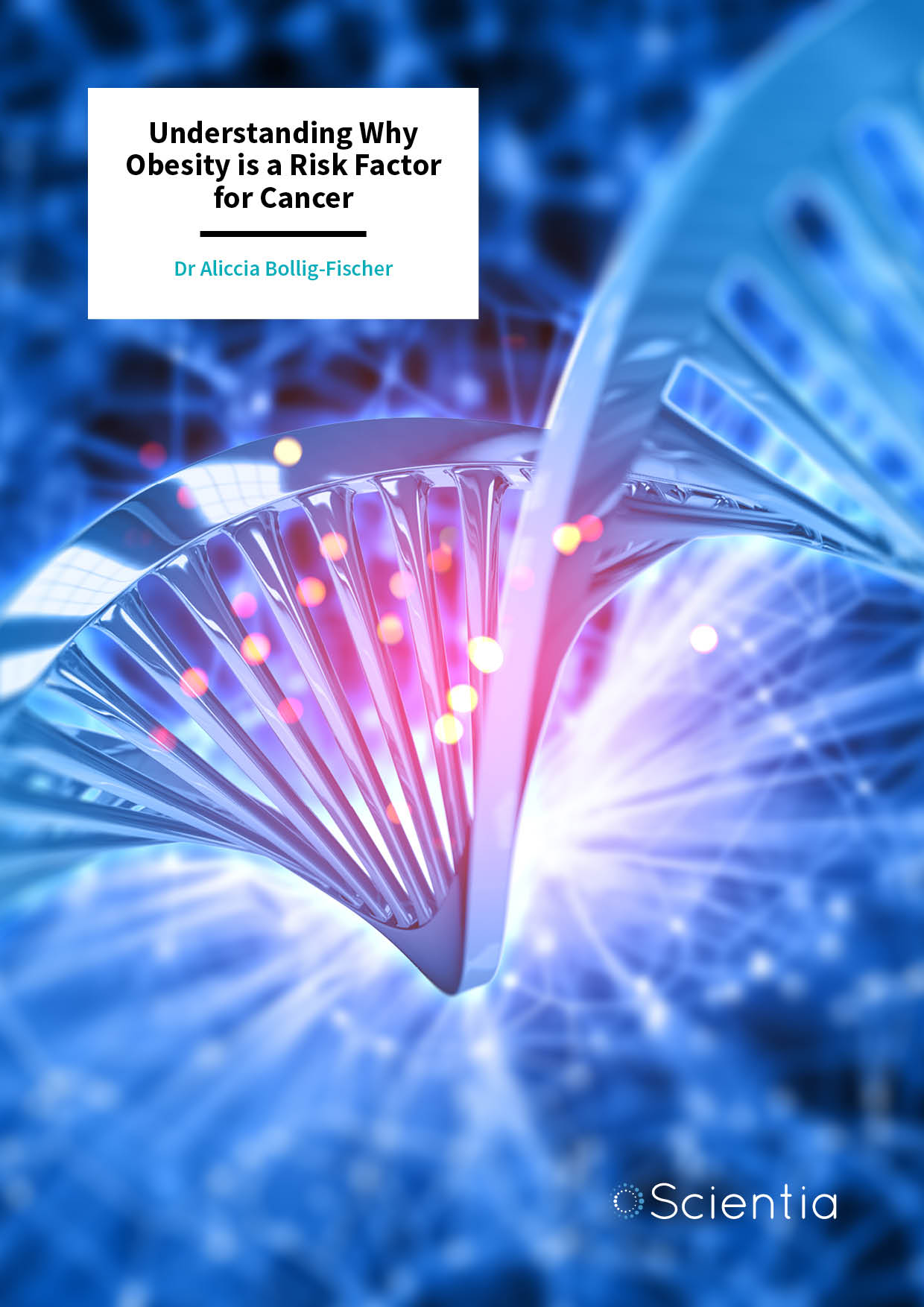
Dr Aliccia Bollig-Fischer – Understanding Why Obesity is a Risk Factor for Cancer
Cancer can be caused by genetic mutations or epigenetic alterations, which are changes to the way DNA is processed, rather than to the DNA itself. These changes can be brought about by obesity, and more specifically, oxidative stress and consequent reactive oxygen species. However, the molecular mechanisms by which this occurs are not well understood. Dr Aliccia Bollig-Fischer from Wayne State University School of Medicine in Michigan is studying these processes and paving the way for the development of novel cancer therapeutics.
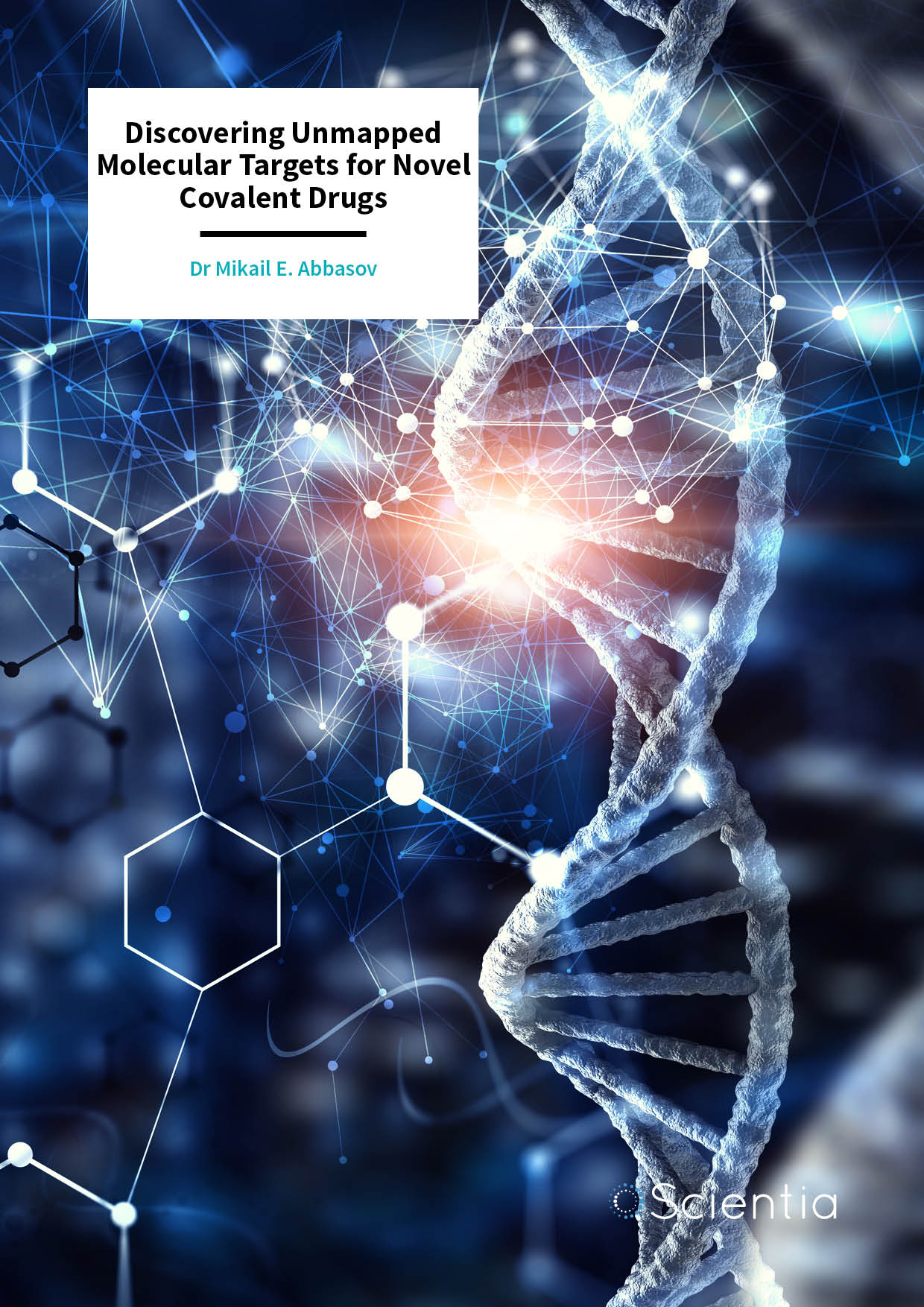
Dr Mikail Abbasov – Discovering Unmapped Molecular Targets for Novel Covalent Drugs
Covalent drugs are molecules that irreversibly bind to specific, targeted sites in the body. They work to inhibit the disease-causing functions of certain proteins by preventing them from interacting with other substances. This is a highly promising field of drug development and the focus of Dr Mikail Abbasov from Cornell University, New York, USA. By creating and utilising new technologies and through collaborative research, Dr Abbasov has mapped novel molecular targets for potential covalent drugs to treat ailments ranging from cancer to autoimmune diseases.
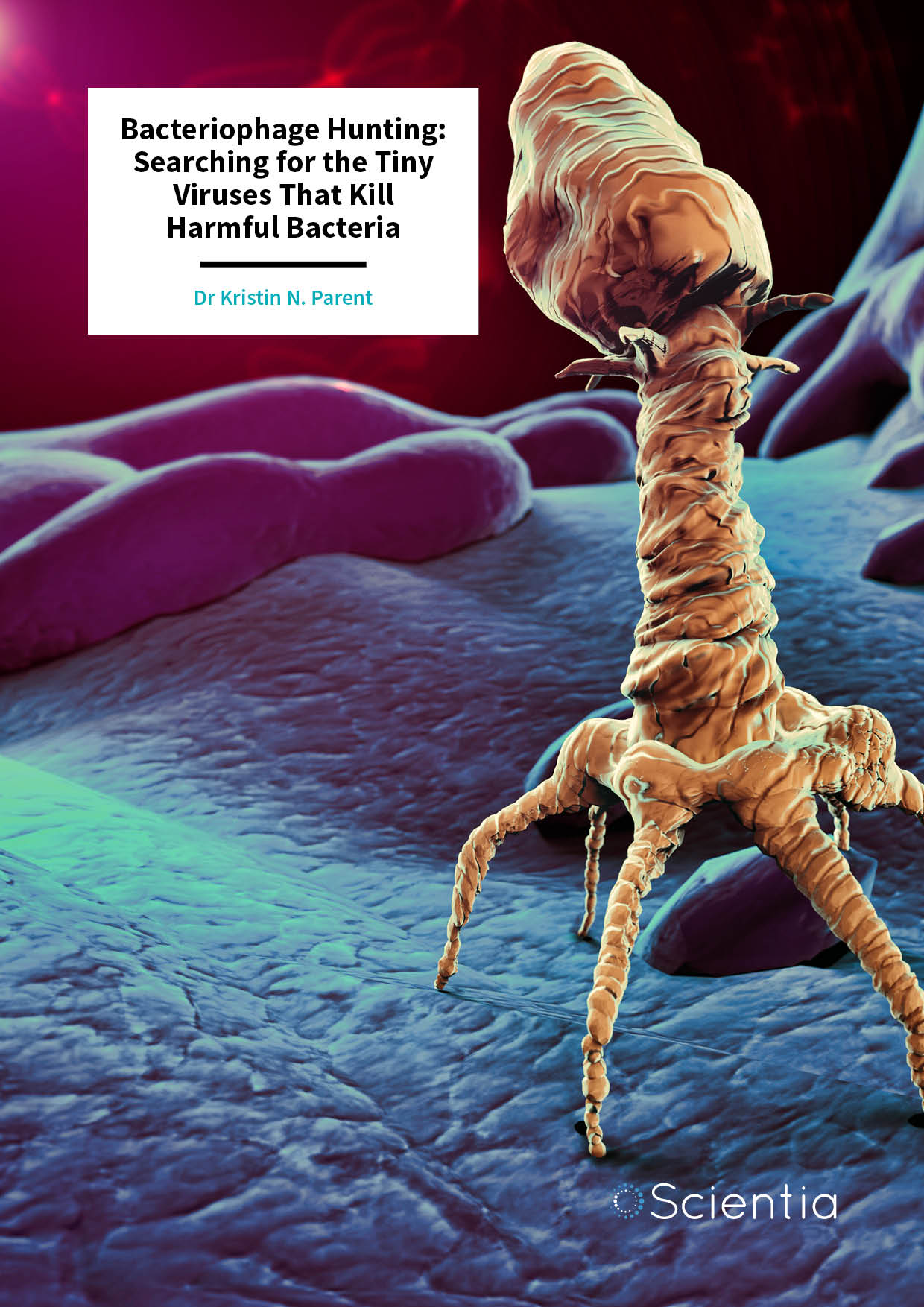
Dr Kristin Parent – Bacteriophage Hunting: Searching for the Tiny Viruses That Kill Harmful Bacteria
Bacteriophages are tiny viruses that infect and kill bacteria but are harmless to humans. With the world facing devastating antibiotic resistance in the coming years, they may be our best hope for treating bacterial disease. There are believed to be 10^31 bacteriophages in the world, and most of them have not yet been identified. Dr Kristin Parent from Michigan State University is working on exciting, collaborative projects hunting for bacteriophages in their natural environment. She has made huge strides in elucidating the mysterious and important world of bacteriophages.
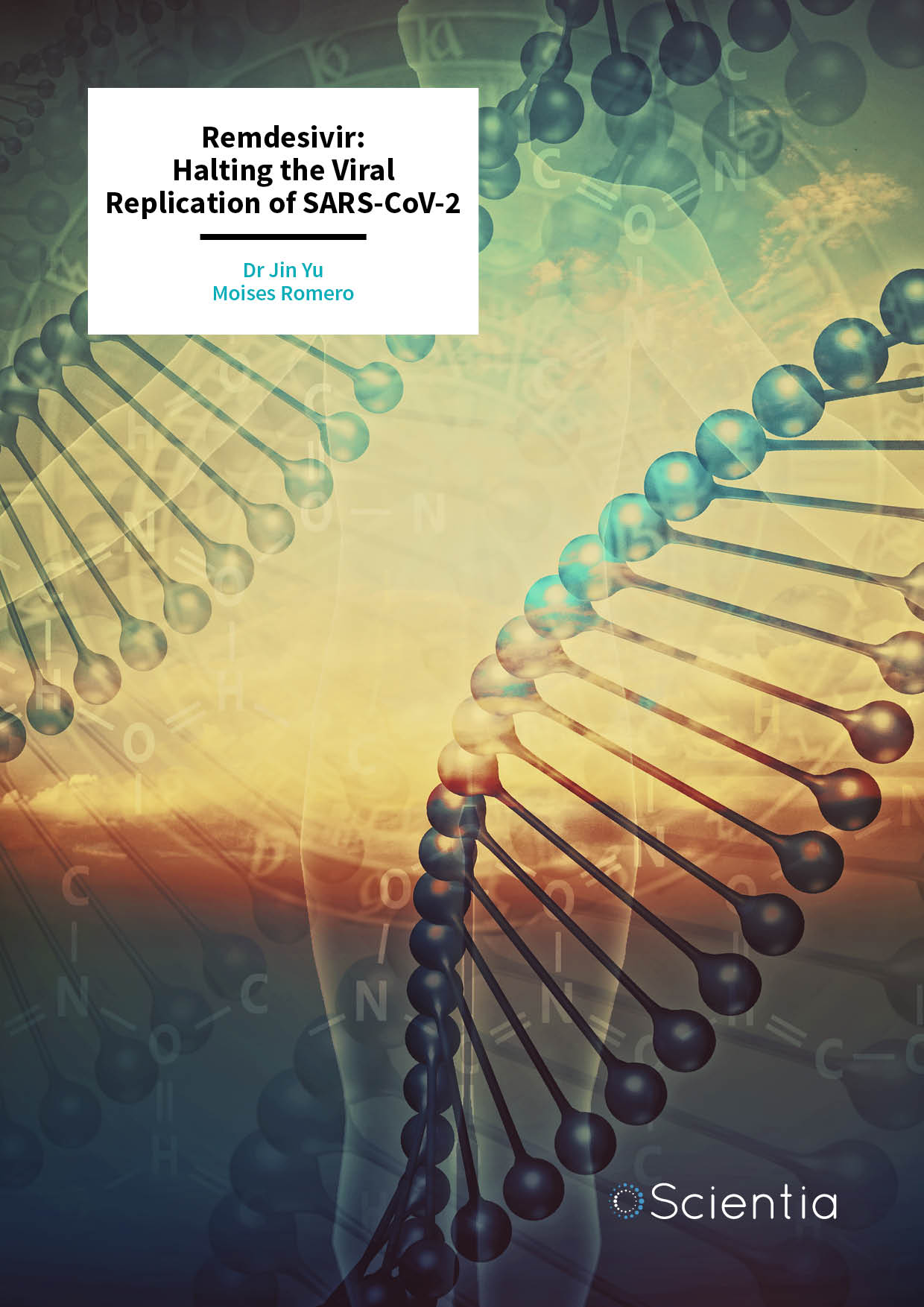
Dr Jin Yu – Remdesivir: Halting the Viral Replication of SARS-CoV-2
The design of effective antivirals is a key priority in the global effort to curb the pandemic caused by the novel coronavirus SARS-CoV-2. The FDA-approved drug Remdesivir (RDV) acts by interfering with the SARS-CoV-2 viral replication mechanism. Dr Jin Yu and her team from the University of California, Irvine, conducted a computational study to elucidate how the RNA-dependent RNA polymerase (RdRp), responsible for SARS-CoV-2 genomic replication, is inhibited by RDV. Excitingly, they showed that RDV binds tightly to RdRp, stabilising a closed conformation of the active site for successful incorporation to effectively halt viral replication.
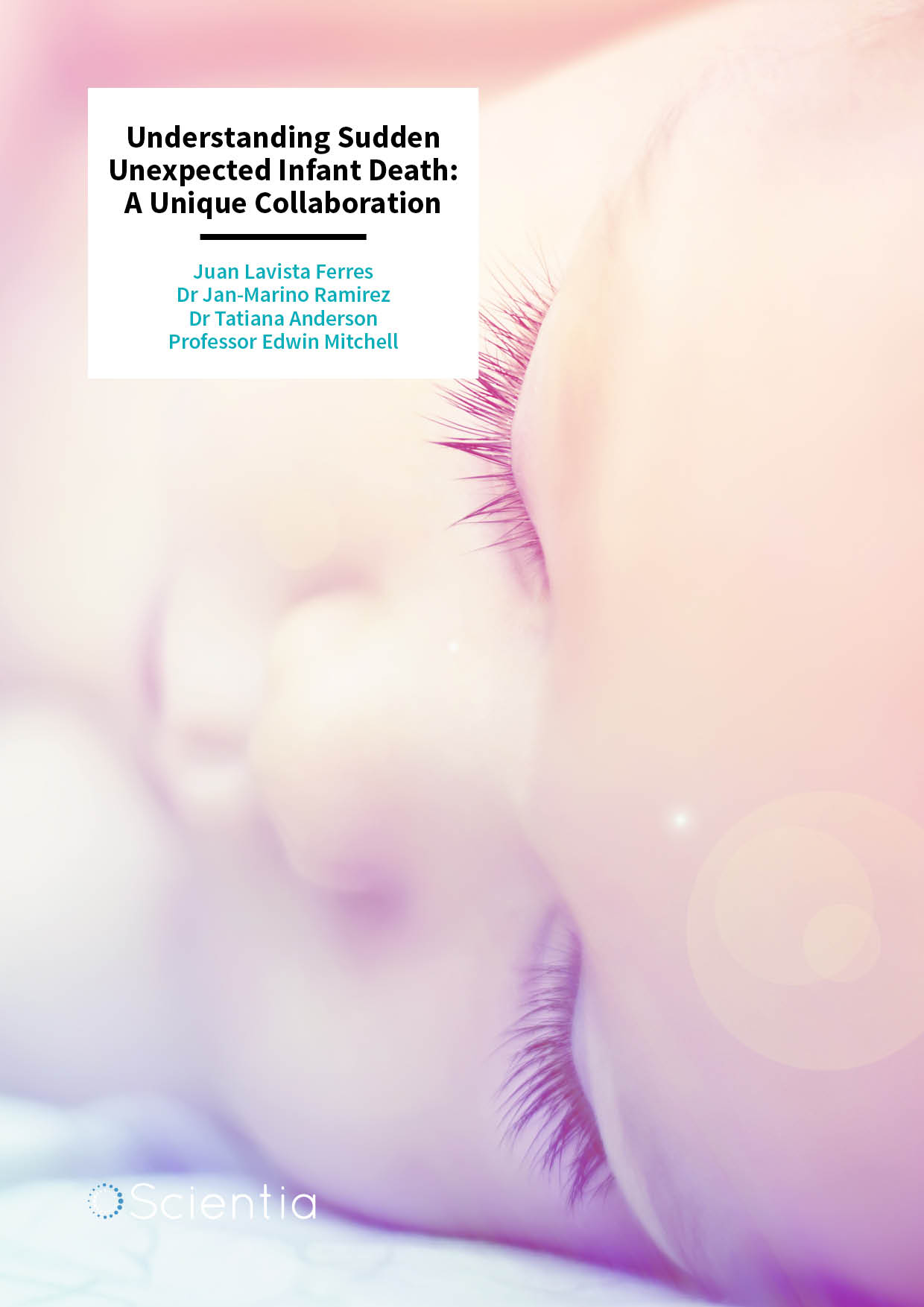
Juan Lavista Ferres | Dr Jan-Marino Ramirez | Dr Tatiana Anderson | Professor Edwin Mitchell – Understanding Sudden Unexpected Infant Death: A Unique Collaboration
When a supposedly healthy infant passes away, it can be hard to understand why. Juan Lavista Ferres (Microsoft), Dr Jan-Marino Ramirez and Dr Tatiana Anderson (both from Seattle Children’s Research Institute), and Professor Edwin Mitchell (University of Auckland), form the core of a novel collaboration to conduct vital and extensive research into the risk factors and mechanisms behind sudden unexpected infant death. This unique collaboration spanning across disciplines, industries and continents, is providing the deeper understanding that is needed to prevent unnecessary infant deaths.
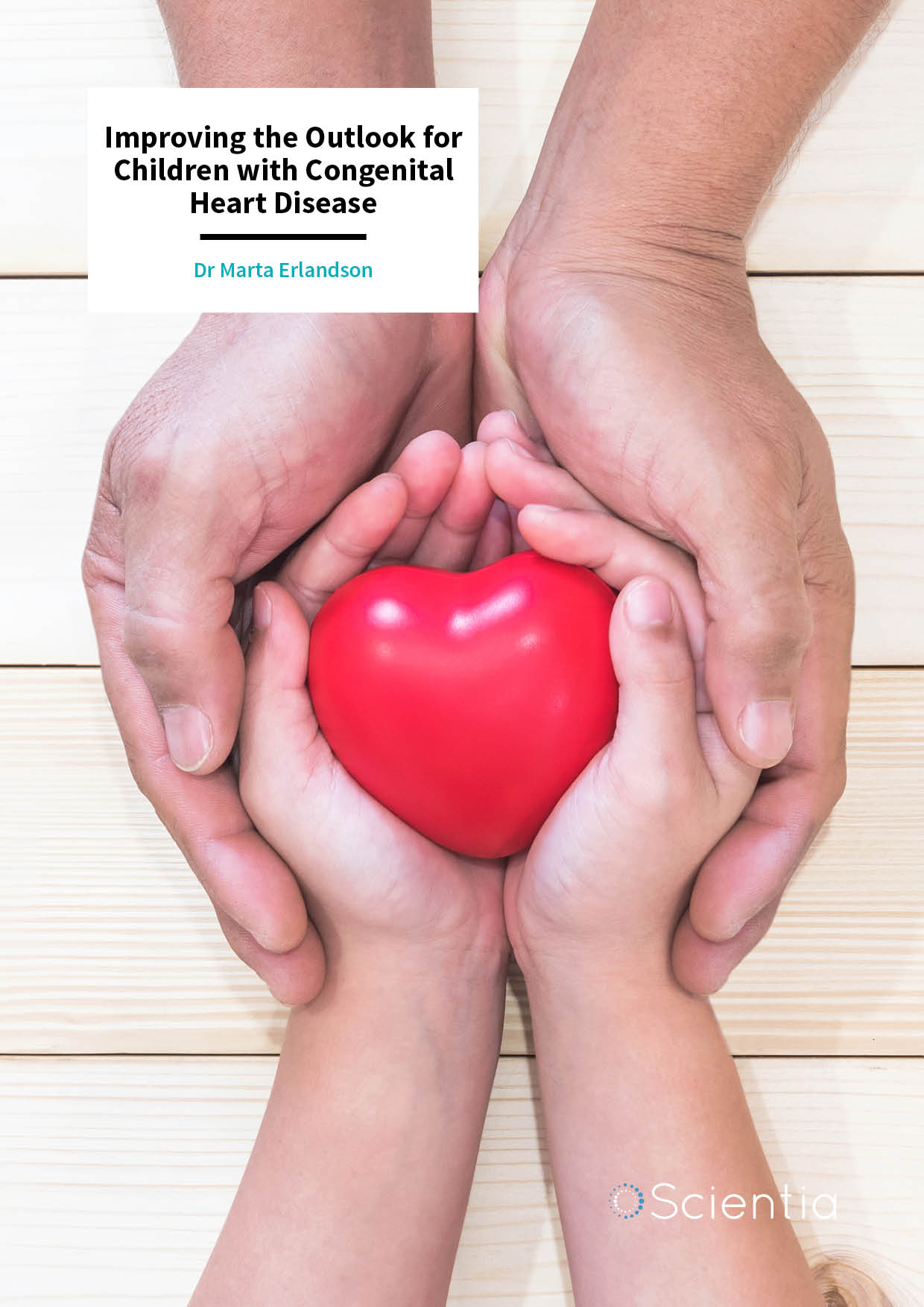
Dr Marta Erlandson – Improving the Outlook for Children with Congenital Heart Disease
Congenital heart disease (CHD) is one of the most common birth defects across the globe. Although prospects and survival rates are improving, there is scant understanding or help available to get children with CHD active. Many believe physical activity is risky or outright dangerous, and as a result, children with CHD are at risk of obesity and other chronic conditions later in life. Dr Marta Erlandson from the University of Saskatchewan has aided the creation of CHAMPS, an innovative program for children with CHD, where researchers and children are learning how to manage the disorder from each other.
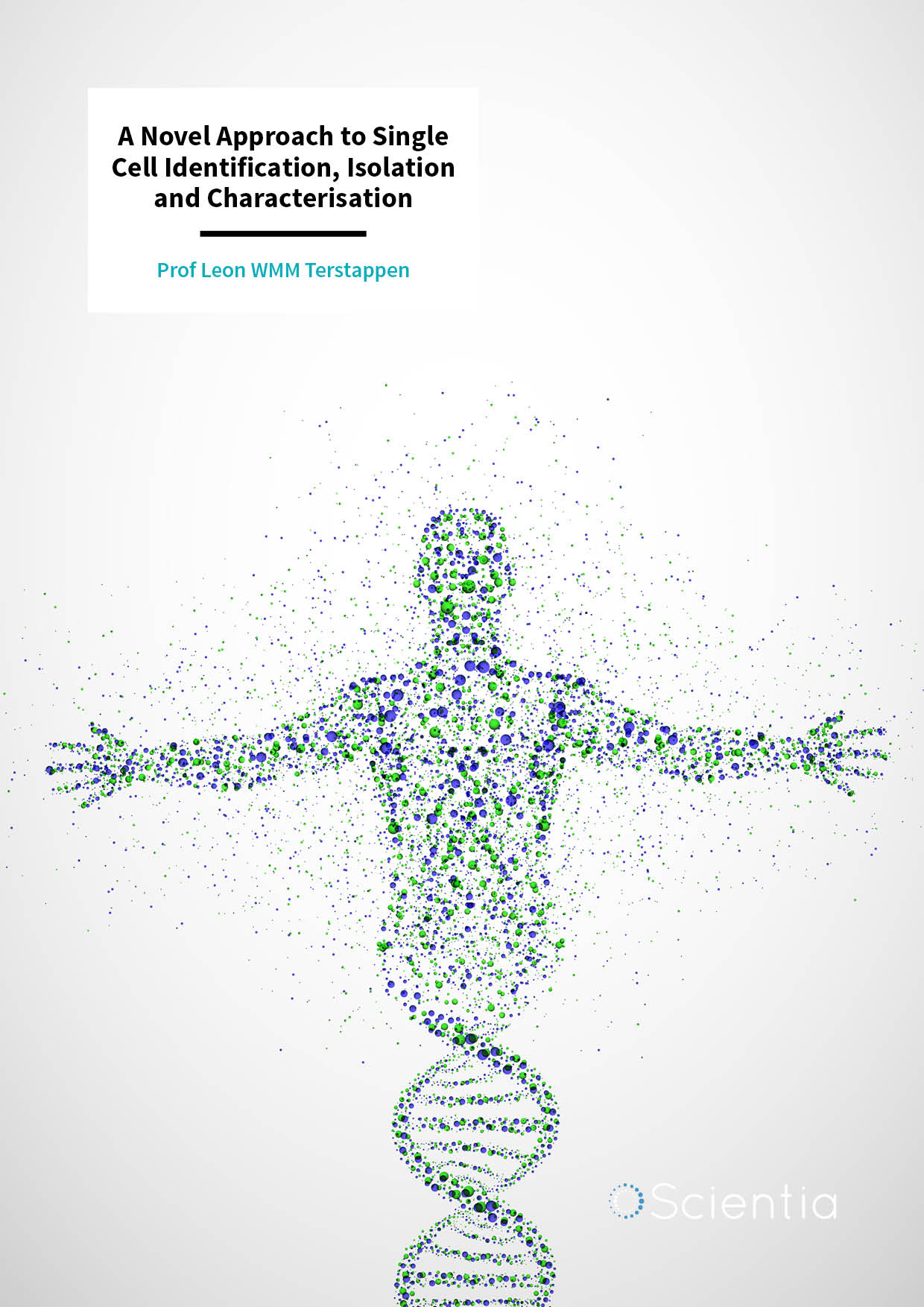
Prof Leon WMM Terstappen – A Novel Approach to Single Cell Identification, Isolation and Characterisation
The establishment of cell lines capable of producing high-quality monoclonal antibodies is imperative for the development of therapeutic agents and the advancement of biomedical research. Prof Leon WMM Terstappen and his team from the University of Twente in the Netherlands have developed a highly efficient method of identifying and isolating cells that produce high concentrations of specific antibodies. With his team, Prof Terstappen has further honed this method to aid in the refinement of molecular cloning techniques to increase the yield of superior quality monoclonal cell lines.
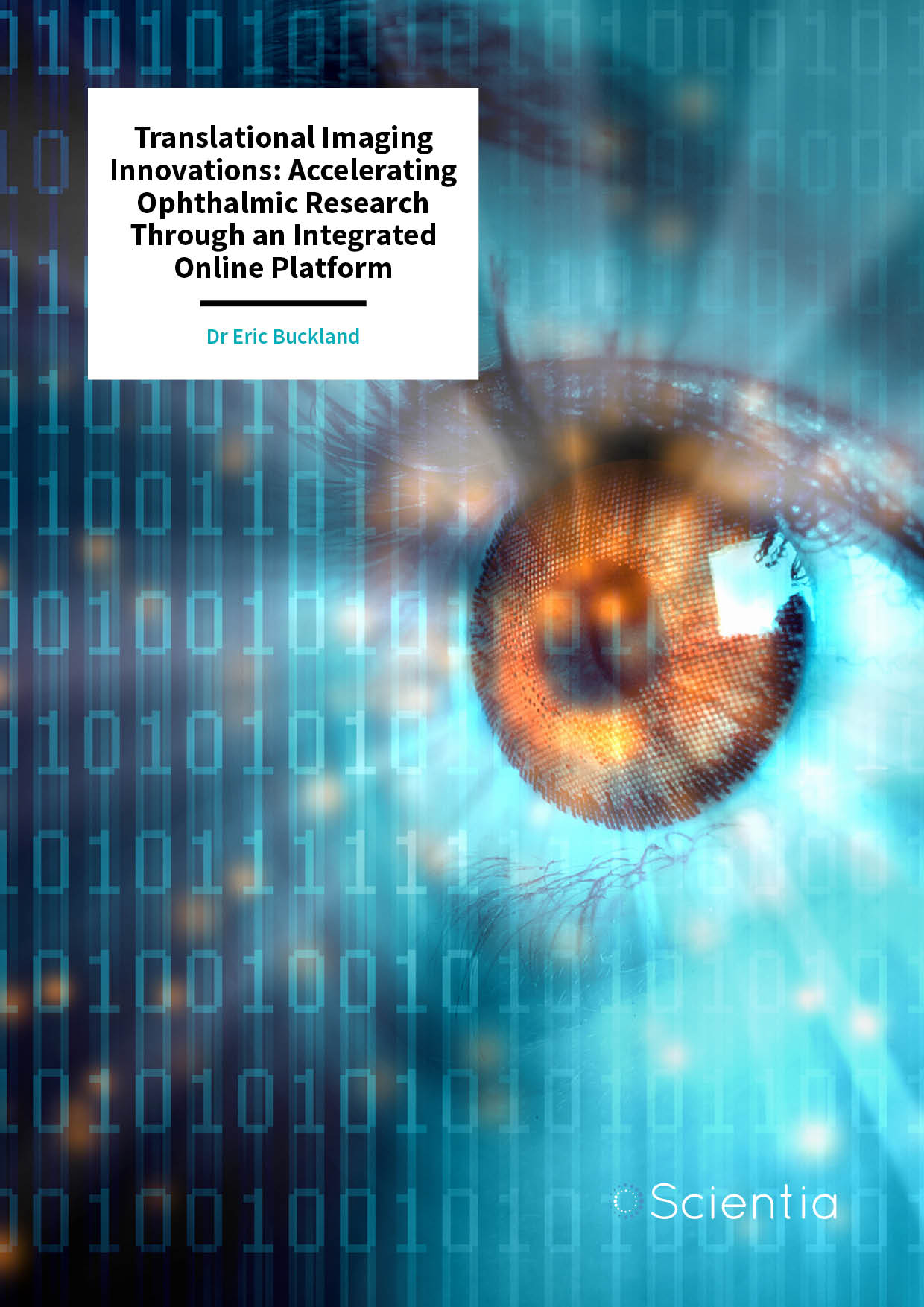
Dr. Eric Buckland – Translational Imaging Innovations: Accelerating Ophthalmic Research Through an Integrated Online Platform
Led by Dr. Eric Buckland, Translational Imaging Innovations, Inc. (TII) provides purpose-driven software systems that drive such ophthalmic research forward. The TII image management platform provides researchers with the tools to manage multifaceted imaging workflows and efficiently organize and analyse complex sets of images and data to accelerate the development of new diagnoses and treatments for eye diseases. By unleashing the power of the eye, TII aims to transform medicine.
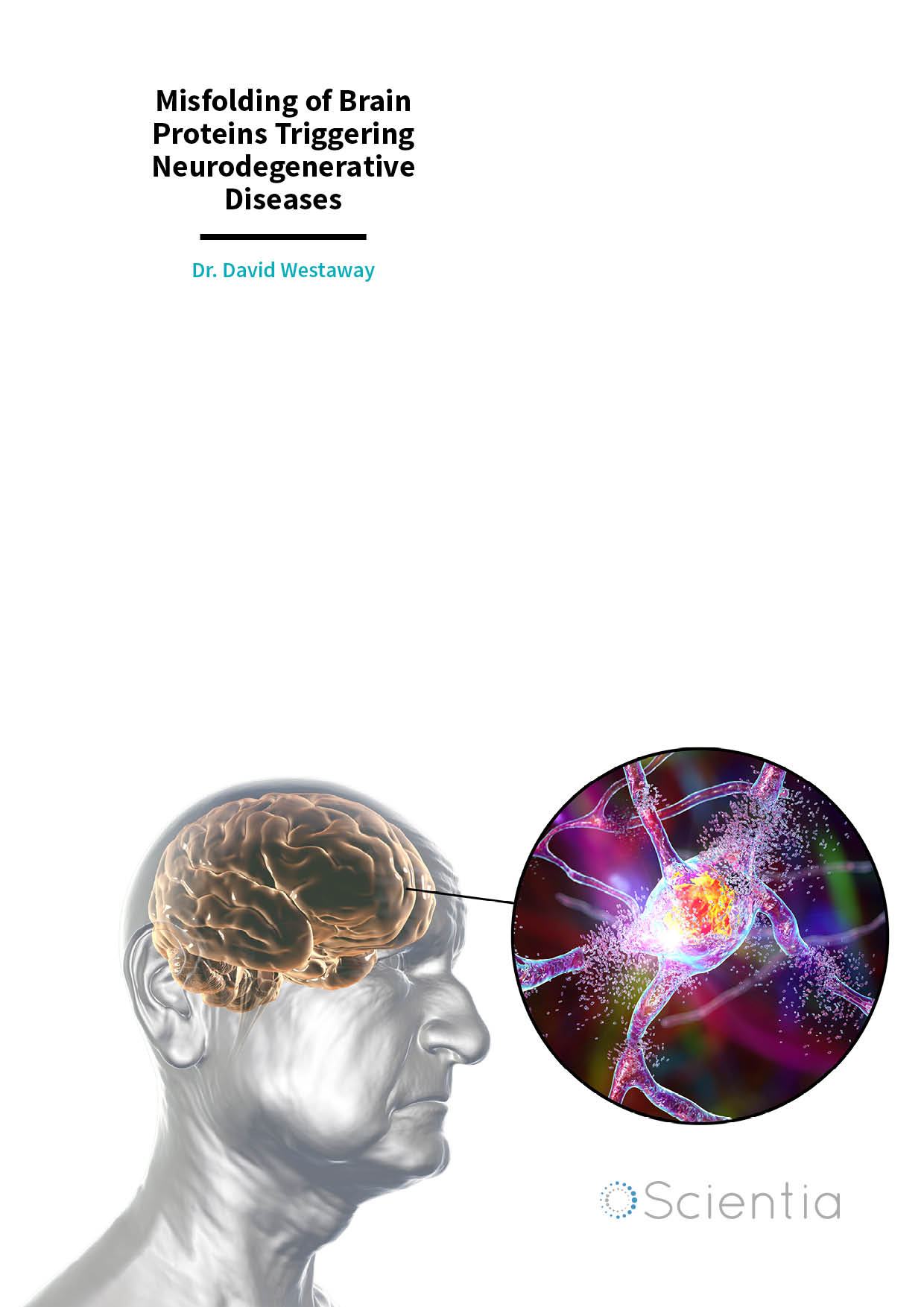
Dr. David Westaway – Misfolding of Brain Proteins Triggering Neurodegenerative Diseases
Our DNA codes for proteins that are essential for the normal structure and function of our cells, tissues and organs. These proteins are folded in specific ways to facilitate these functions, but in disease states, this folding can go wrong. Dr. David Westaway from the University of Alberta in Canada investigates how and why protein misfolding occurs and how strains of misfolded proteins result in neurodegenerative diseases like dementia. His research is paving the way for novel therapies for these currently incurable and devasting conditions.
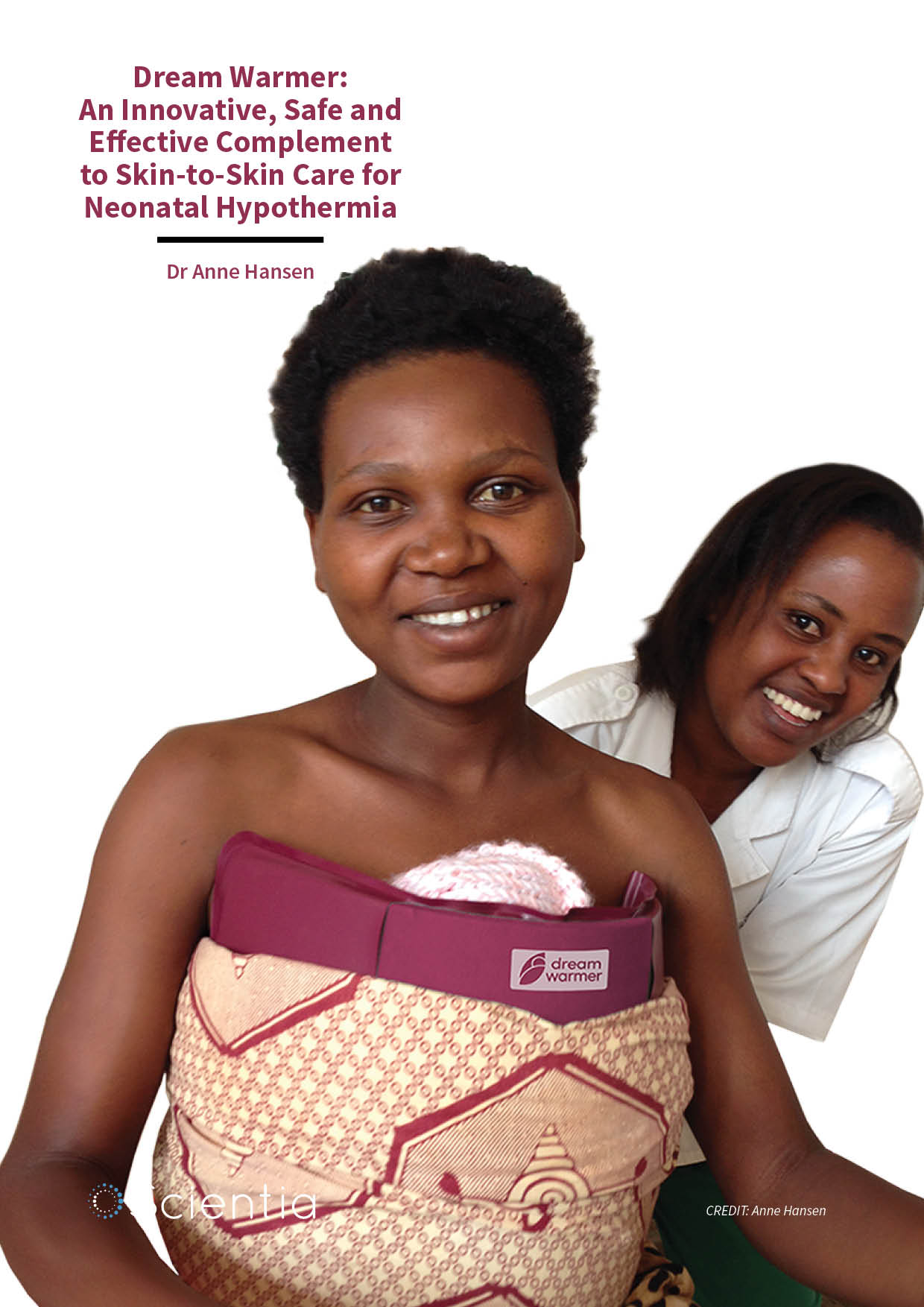
Dr Anne Hansen – Dream Warmer: An Innovative, Safe and Effective Complement to Skin-to-Skin Care for Neonatal Hypothermia
Dr Anne Hansen is the Medical Director of the Neonatal Intensive Care Unit and Associate Chief of the Division of Newborn Medicine at Boston Children’s Hospital. With her colleagues, Dr Hansen has developed and tested a low cost, non-electrical warming mattress called the ‘Dream Warmer’ to help prevent and treat neonatal hypothermia in countries with limited medical resources. Her team has conducted extensive testing in Rwanda with results demonstrating that this medical device is safe, effective and ready for use on a wider scale.
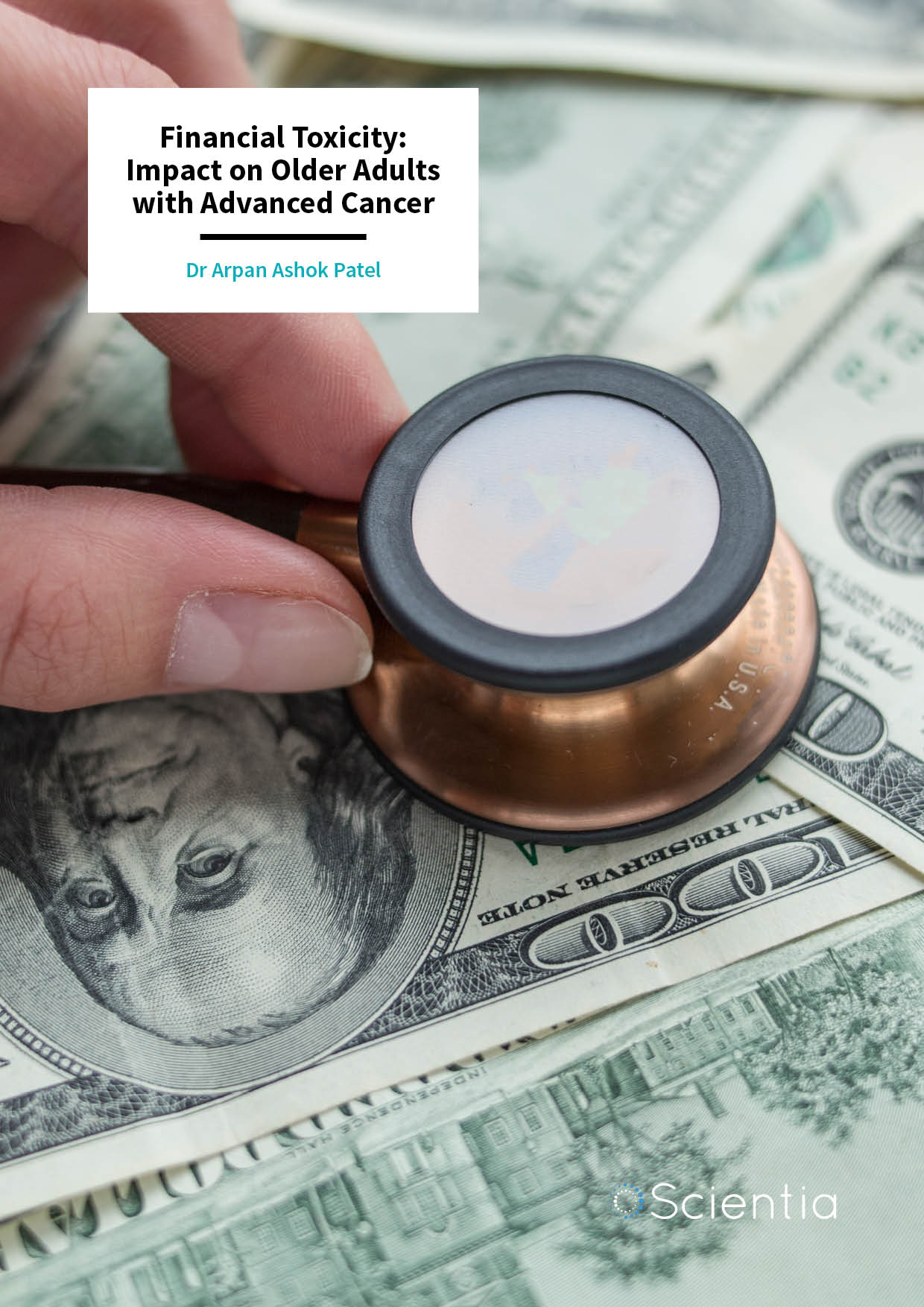
Dr Arpan Ashok Patel – Financial Toxicity: Impact on Older Adults with Advanced Cancer
Dr Arpan Ashok Patel of the University of Rochester School of Medicine and Dentistry is dedicated to better understanding the prevalence and impact of financial toxicity amongst older, more advanced cancer patients. His recent work in this field is the first to analyse real conversations between patients and oncologists in this high-risk group. His findings show that those struggling with financial stability following cancer treatment are more likely to have a lower health-related quality of life, highlighting the need for better screening tools to identify at-risk patients to allow appropriate signposting to support.

Dr Joanne Maki – Preventing Rabies: A Deadly but Neglected Disease
Rabies is transmitted from animals to humans through the bite of an infected animal, all too often with fatal consequences, particularly in the developing world. Dr Joanne Maki, Technical Director for the Veterinary Public Health Centre at Boehringer-Ingelheim Animal Health, has worked in rabies prevention for 30 years. With extensive background and experience gained in the rabies vaccine industry, Dr Maki shares her perspectives on the call to action to eliminate this deadly zoonotic disease.
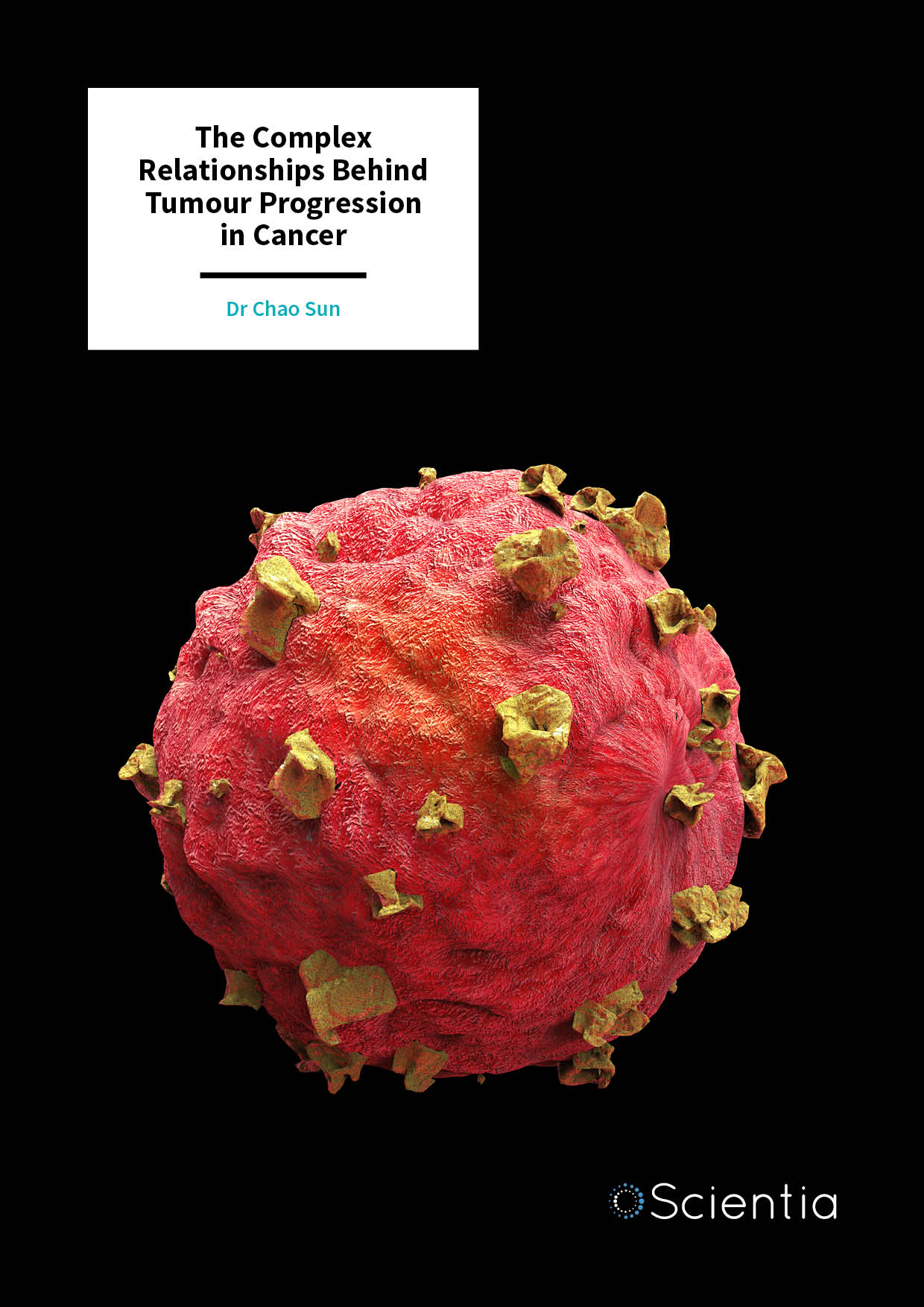
Dr Chao Sun – The Complex Relationships Behind Tumour Progression in Cancer
The processes and metabolic pathways in our cells are complex and extensive, but essential for normal life functions, including cell respiration and energy production via the mitochondria. However, sometimes these processes go wrong resulting in disease, including cancer. Dr Chao Sun from the Institute of Modern Physics, Chinese Academy of Sciences, dedicates his research to unravelling the mechanisms behind tumour progression in relation to mitochondrial dysfunction.
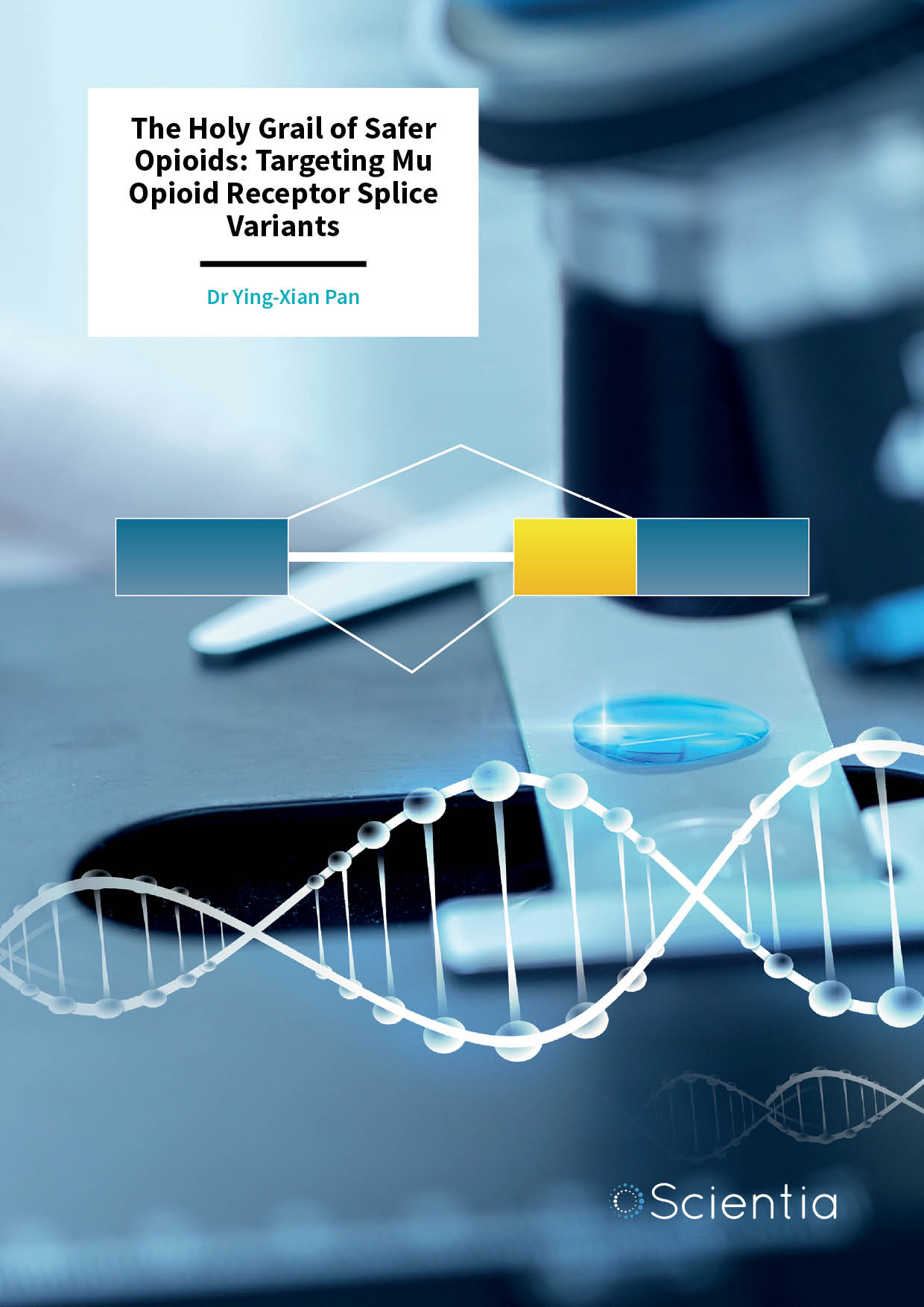
Dr Ying-Xian Pan – The Holy Grail of Safer Opioids: Targeting Mu Opioid Receptor Splice Variants
Despite their numerous side effects, opioid drugs and morphine-like agents have remained a pillar in the medical management of pain. Most clinically used opioid drugs act through mu opioid receptors. Dr Ying-Xian Pan and his team from the Rutgers New Jersey Medical School, USA, studies the molecular and cellular mechanisms of mu opioid receptors and aim to develop novel strategies and opioid analgesics for better treating pain without side effects associated with traditional opiates. Efforts to find substitutes for traditional opioid drugs are helping address the opiate abuse crisis that affects many countries around the globe.
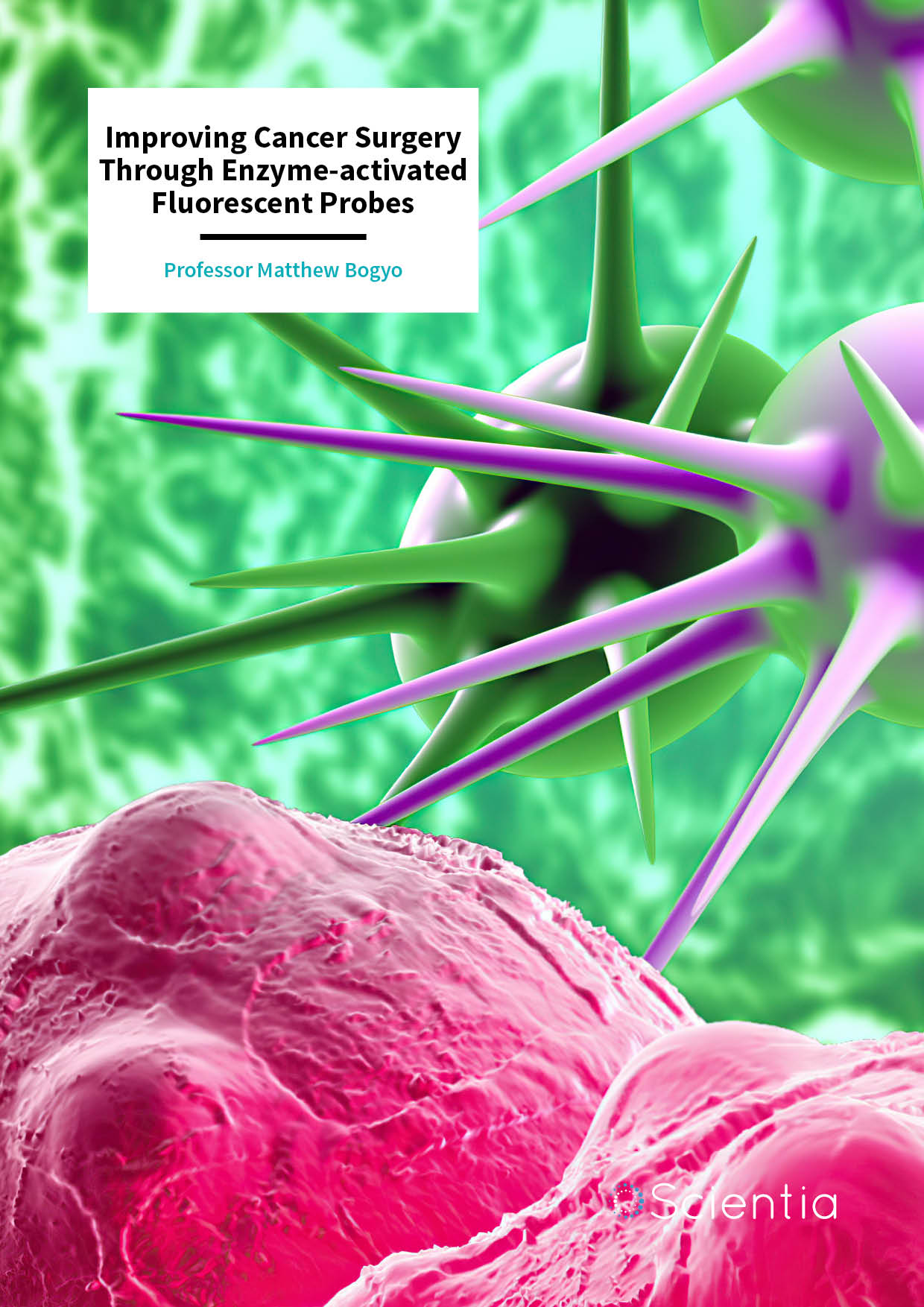
Professor Matthew Bogyo – Improving Cancer Surgery Through Enzyme-activated Fluorescent Probes
Cancer is the second cause of death worldwide, despite continuous research efforts in the pursuit of better treatments. One of the most promising developments is that of cancer imaging, which aims to help clinicians visualize tumors within the body. Professor Matthew Bogyo and his team from Stanford University have developed fluorescent probes that can be injected into patients prior to cancer surgery. The probes emit fluorescence once in the tumor microenvironment, helping surgeons to distinguish cancer tissue from the surrounding healthy tissue to enable complete removal of the cancer and ultimately, improve patient outcomes.
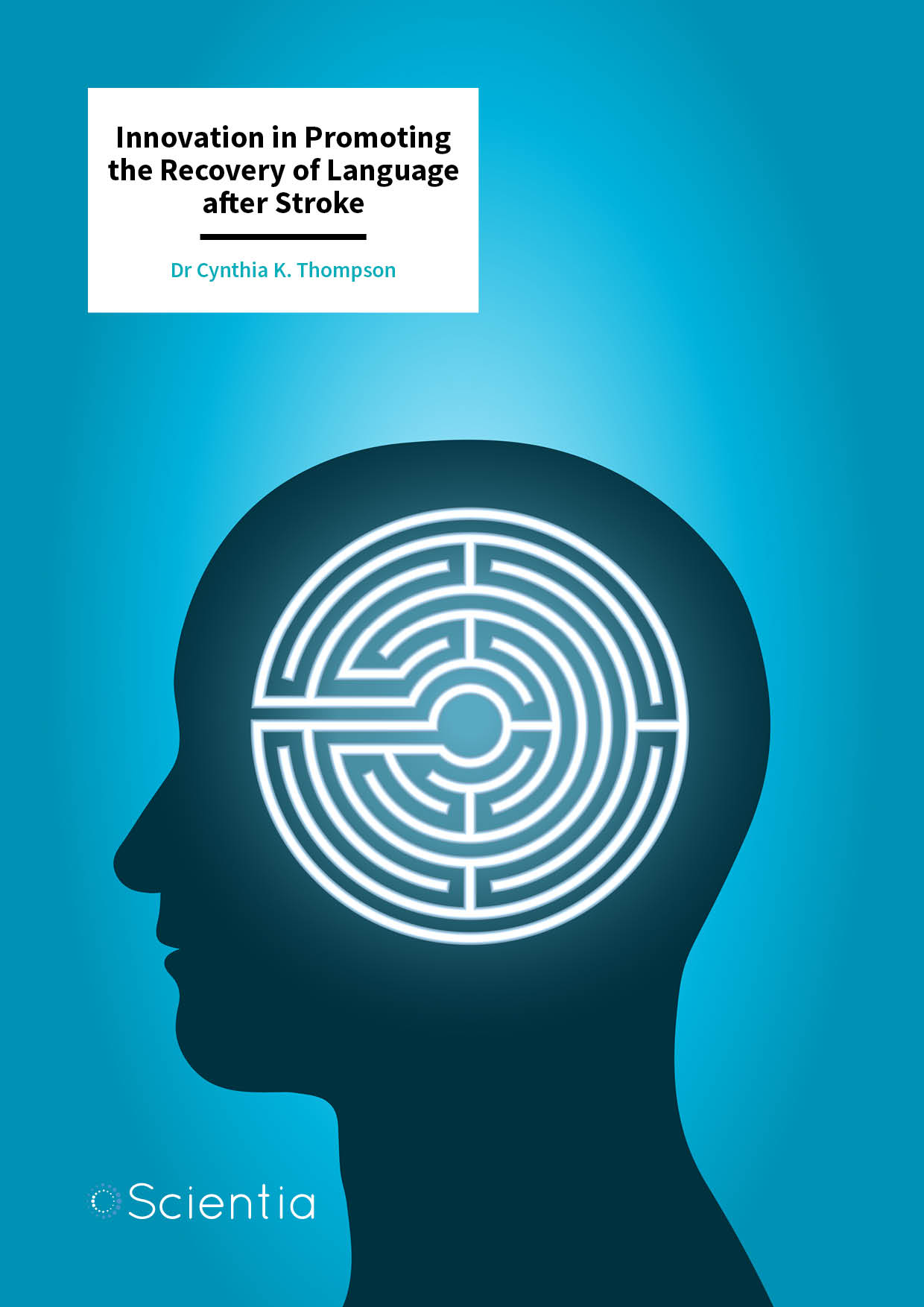
Dr Cynthia K. Thompson – Innovation in Promoting the Recovery of Language after Stroke
Stroke can impair a person’s ability to communicate, resulting in a disorder known as aphasia. To facilitate recovery, scientists must understand how language is processed normally as well as how a stroke may impact the language system in the brain. Dr Cynthia K. Thompson, Ralph and Jean Sundin Professor of Communication Science and Professor of Neurology at Northwestern University, has been researching normal and disordered language for over thirty years. Her focus is on understanding and supporting the recovery of language processes when the brain has been damaged.
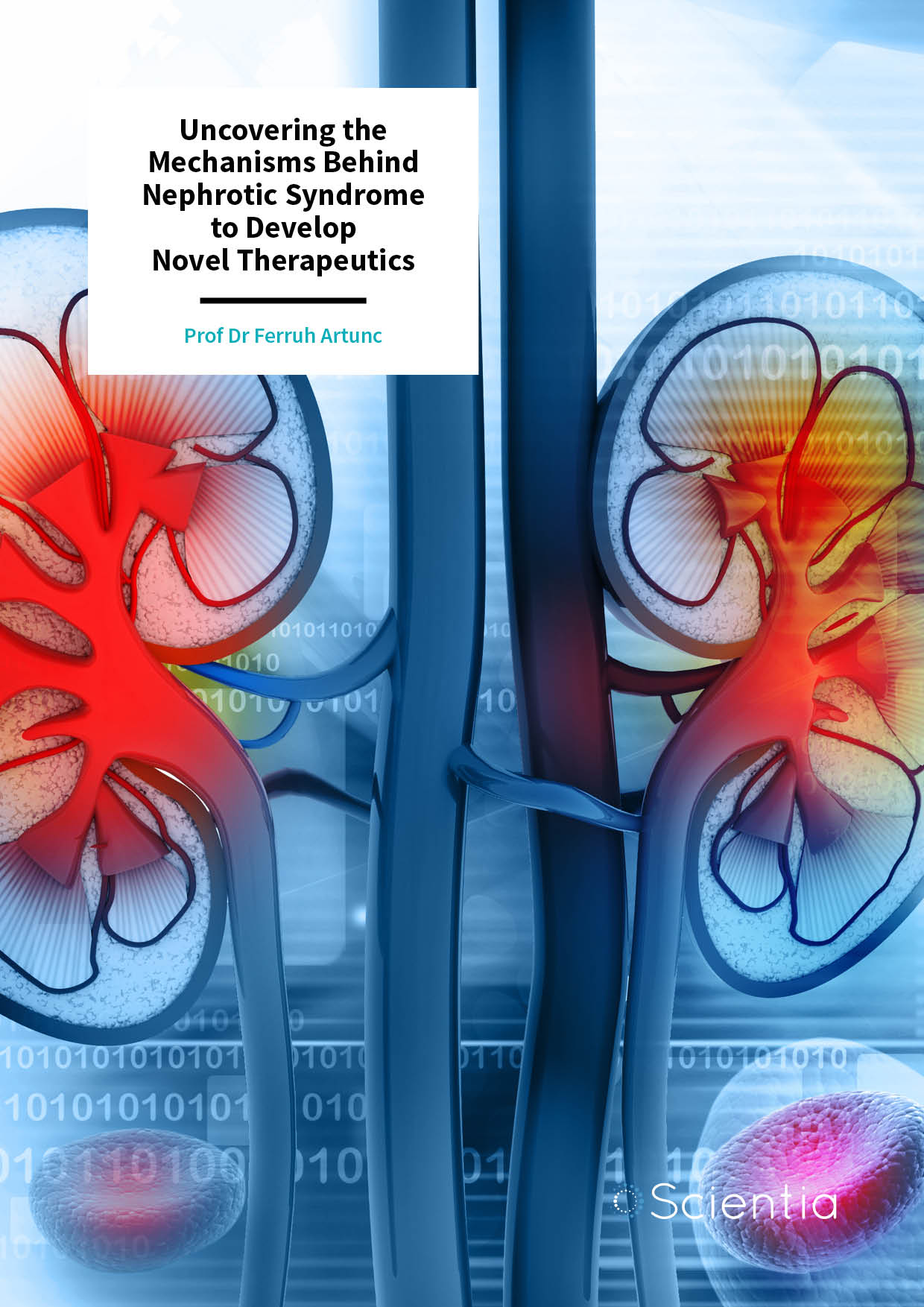
Prof Ferruh Artunc – Uncovering the Mechanisms Behind Nephrotic Syndrome to Develop Novel Therapeutics
Kidney disease impacts many people throughout the world and it can sometimes take the severe form of nephrotic syndrome. This condition results in many difficult symptoms but it is best represented by the presence of oedema, which is the severe swelling of the legs and eyelids. Currently, the exact mechanisms underlying oedema formation are poorly understood. Prof Ferruh Artunc from the Tübingen University Hospital in Germany is using his expertise in nephrology to uncover these mechanisms. His work has strengthened our comprehension of oedema formation in nephrotic syndrome and it may even lead to novel therapeutics in the future.
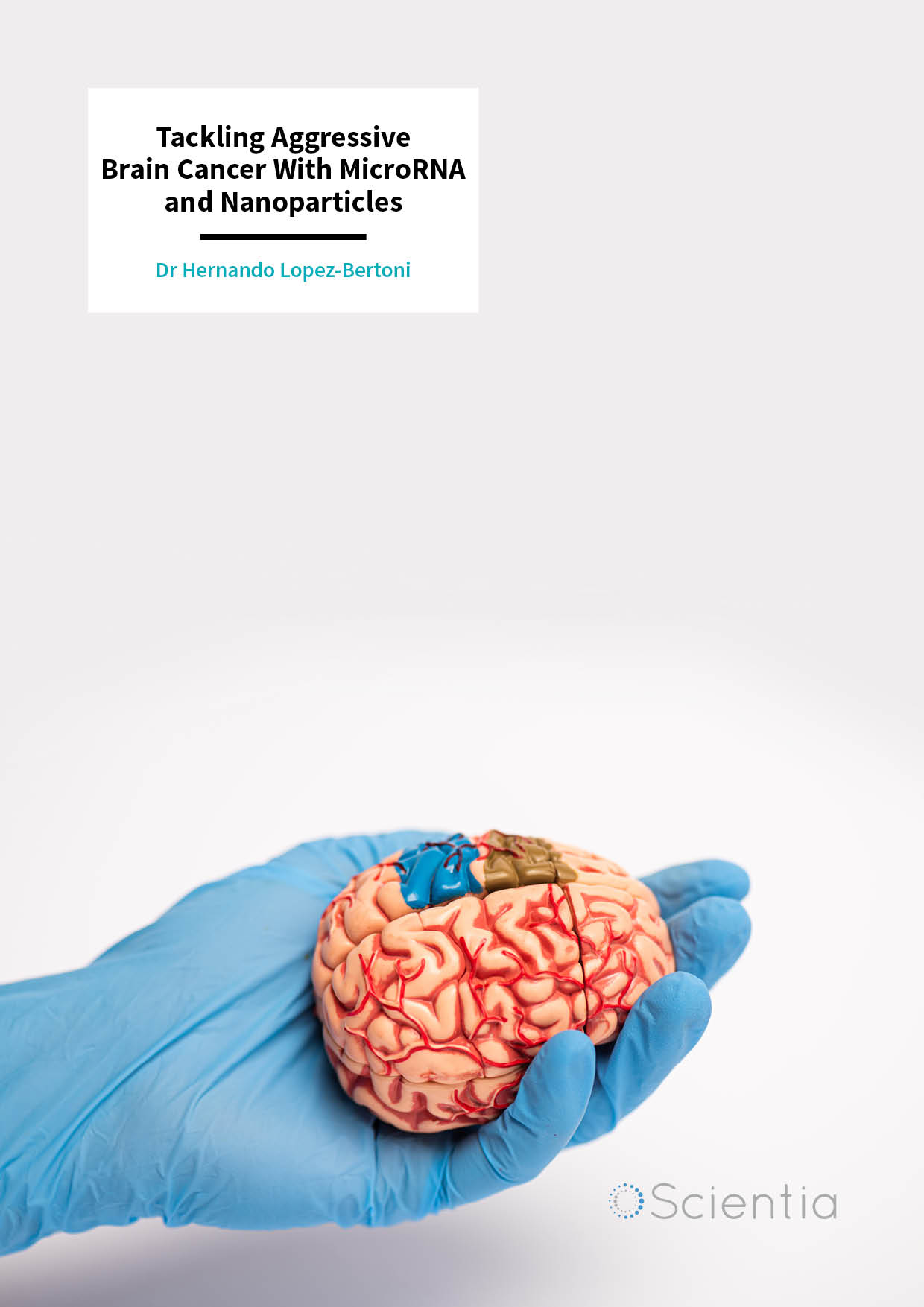
Dr Hernando Lopez-Bertoni – Tackling Aggressive Brain Cancer With MicroRNA and Nanoparticles
Glioblastoma multiforme is an aggressive and life-threatening form of brain cancer. Although some treatments are available to provide comfort and prolong life, it remains an incurable and devastating disease. With the goal of advancing diagnostics and treatments for glioblastoma, Dr Hernando Lopez-Bertoni is carrying out exciting research at the Johns Hopkins University School of Medicine. Taking on board the cancer stem cell hypothesis, Dr Lopez-Bertoni has made fascinating discoveries into how miRNA genetic material can be utilised and how it could be delivered to the brain via nanoparticles.
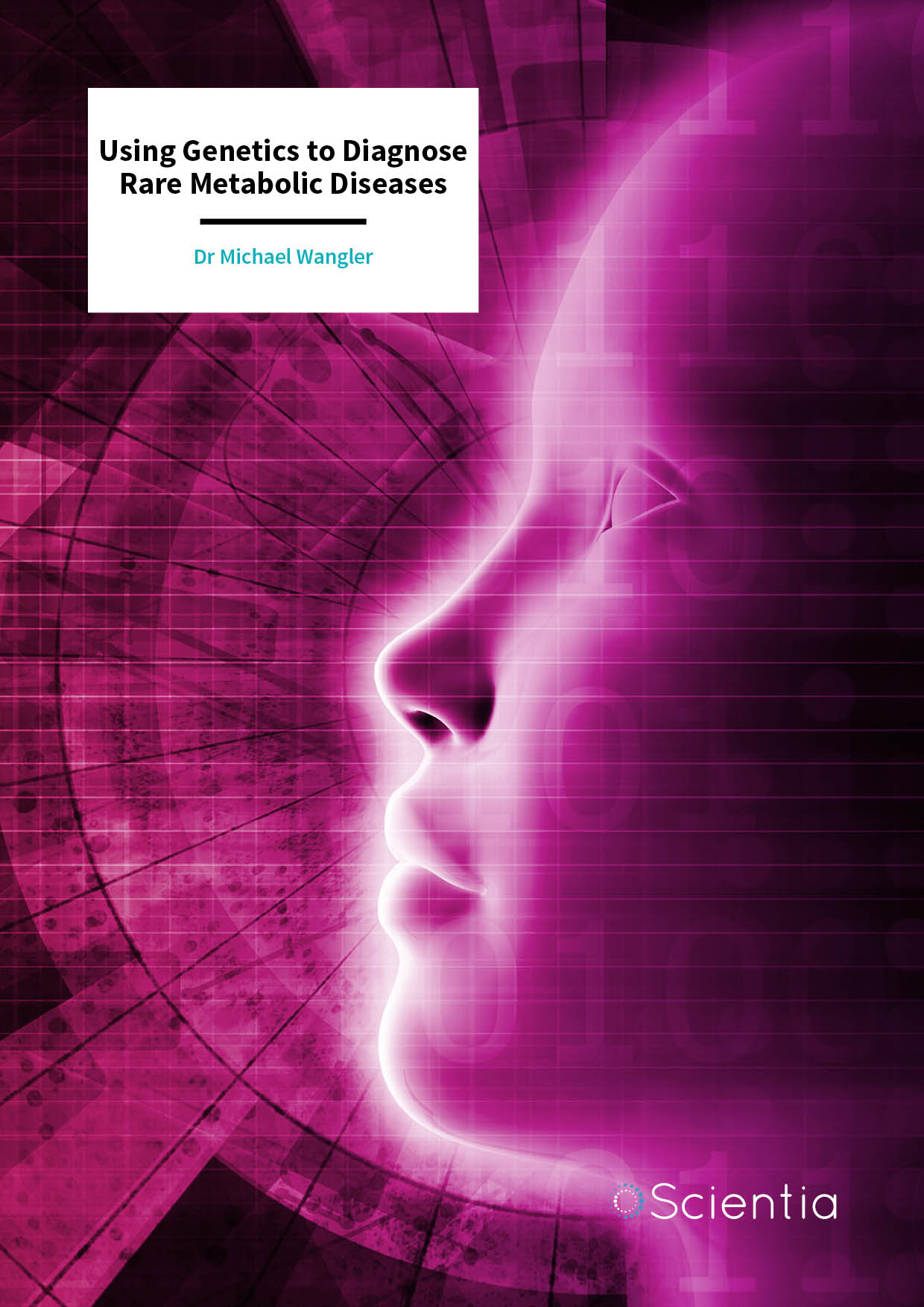
Dr Michael Wangler – Using Genetics to Diagnose Rare Metabolic Diseases
Identifying the cause of an illness in a sick baby or child is not always easy, particularly if the disease is rare. Throughout his career, Dr Michael Wangler, at the Baylor College of Medicine and Jan and Dan Duncan Neurological Research Institute, has investigated rare childhood diseases. Combining his expertise in paediatrics and genetics, Dr Wangler utilises genomics, metabolomics and the humble fruit fly to identify the genes responsible for rare and undiagnosed diseases to improve both diagnosis and treatment.
